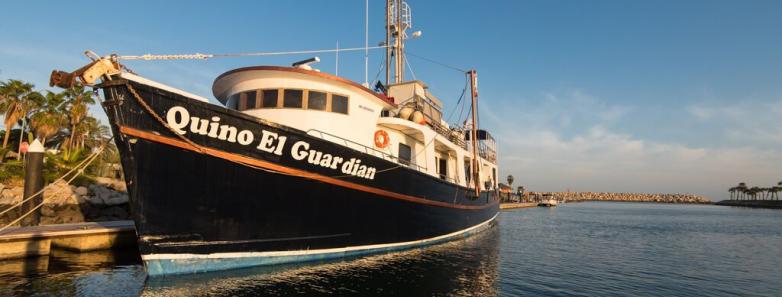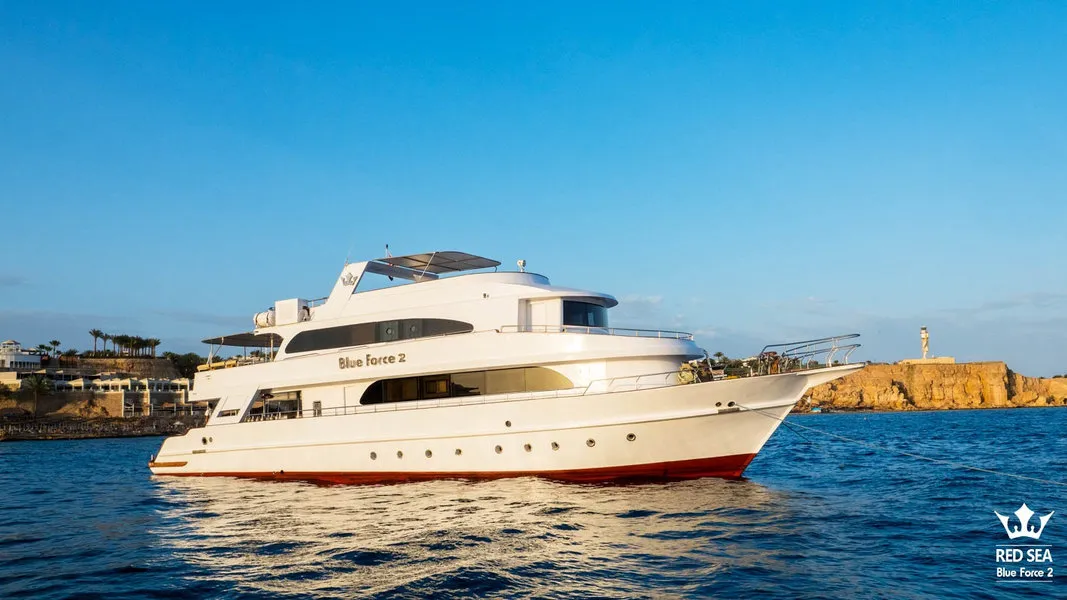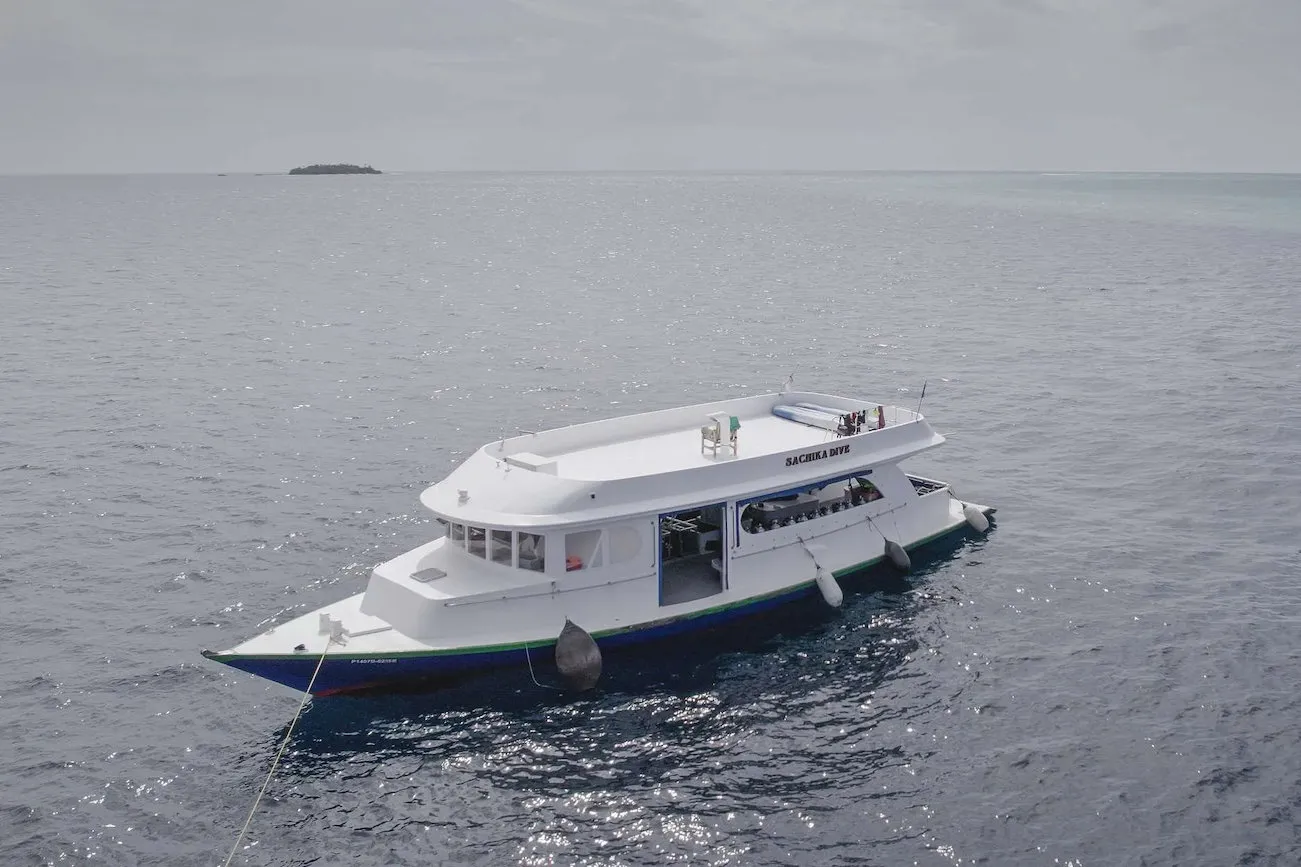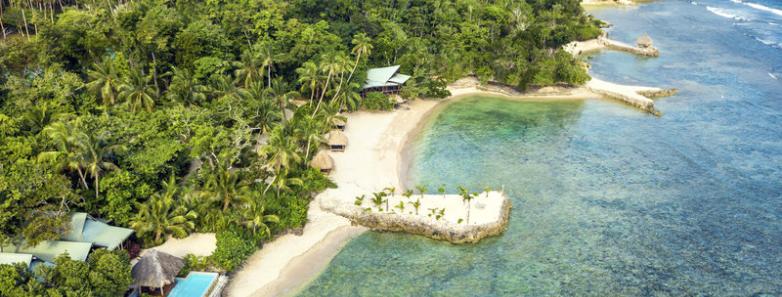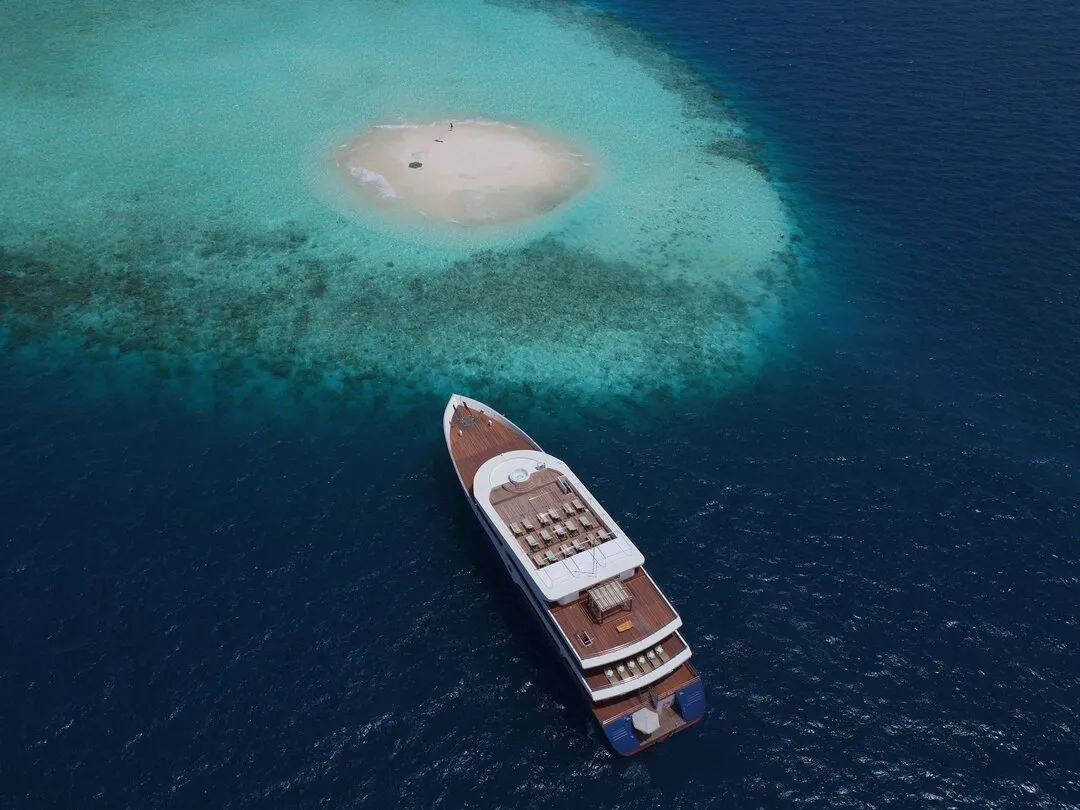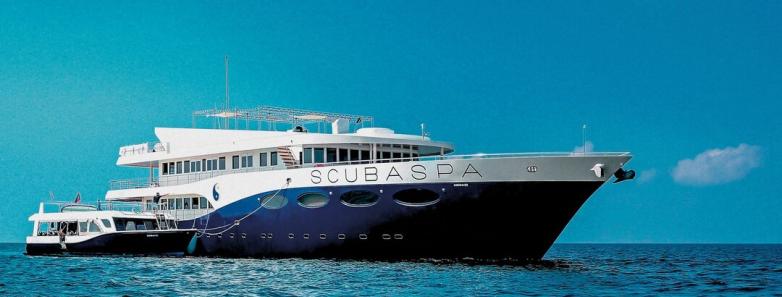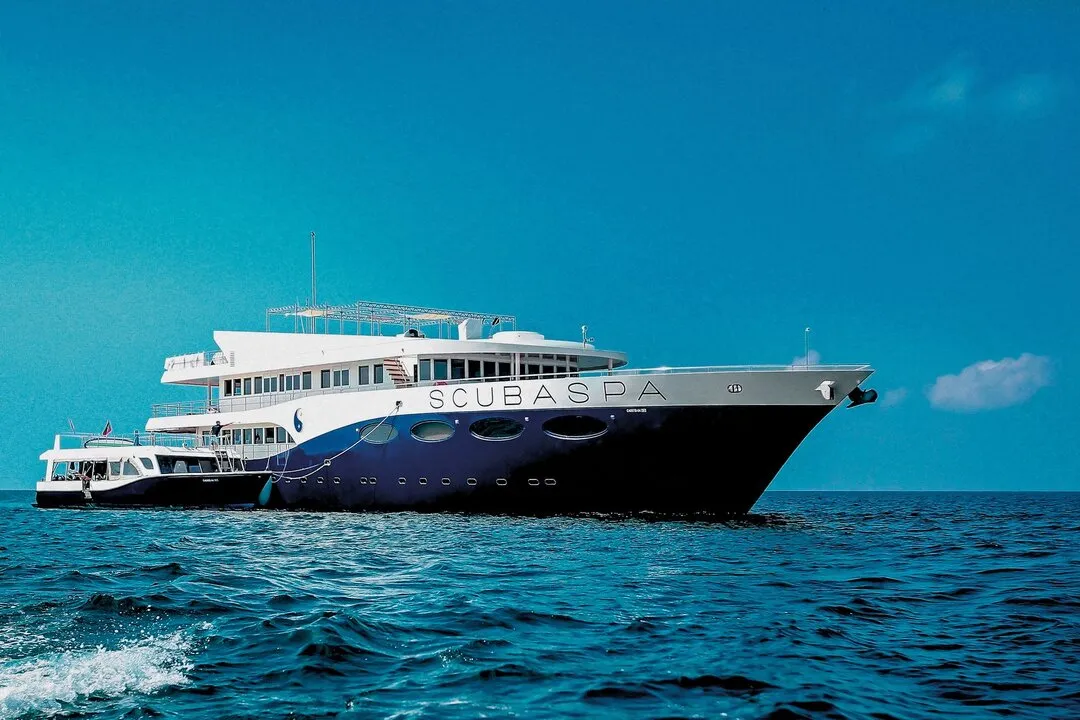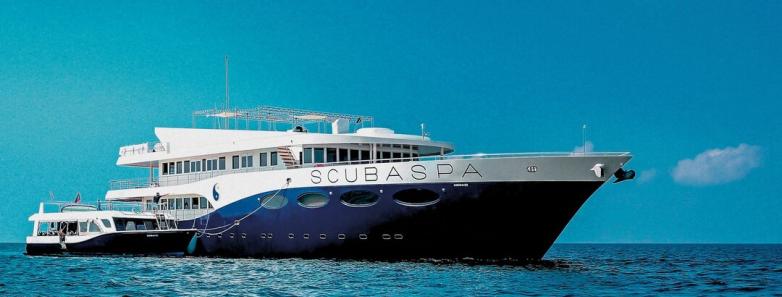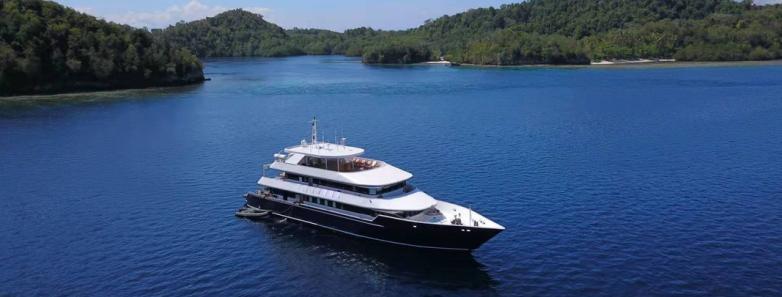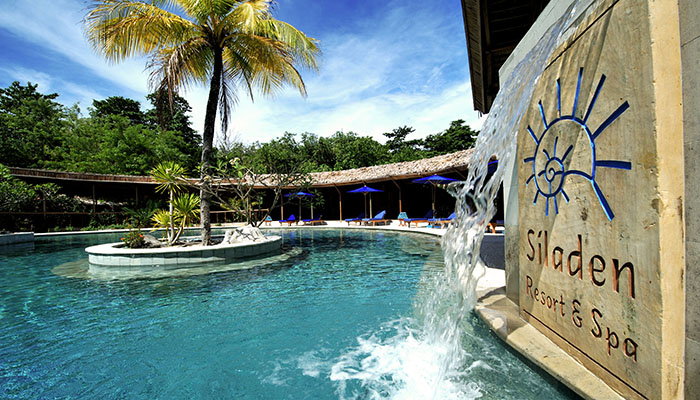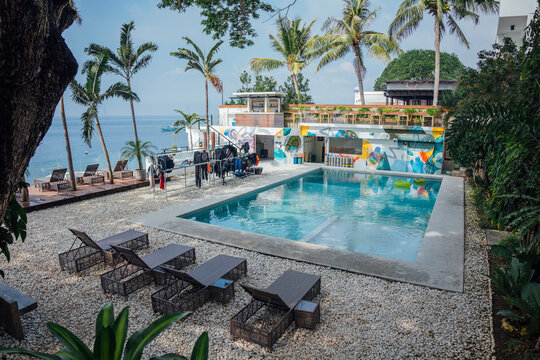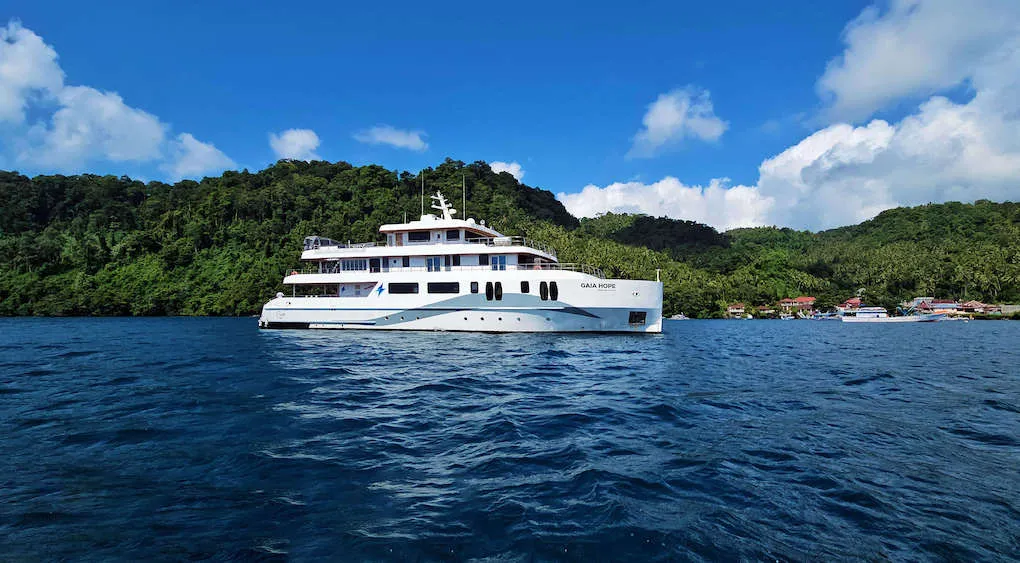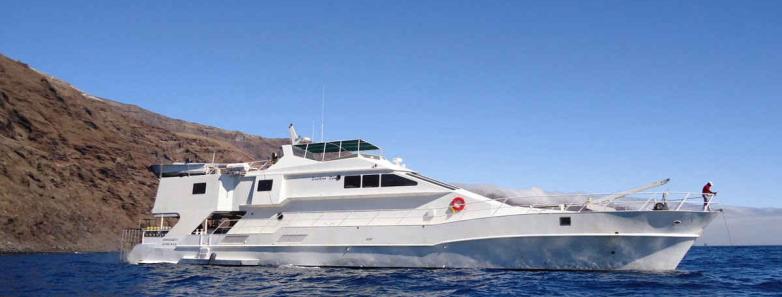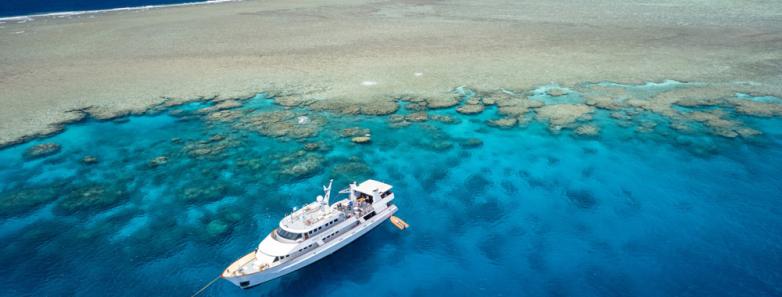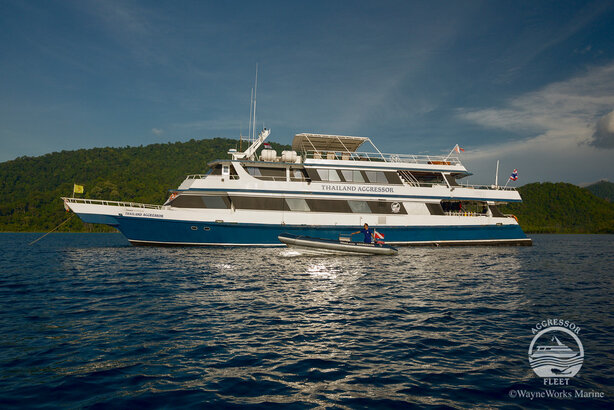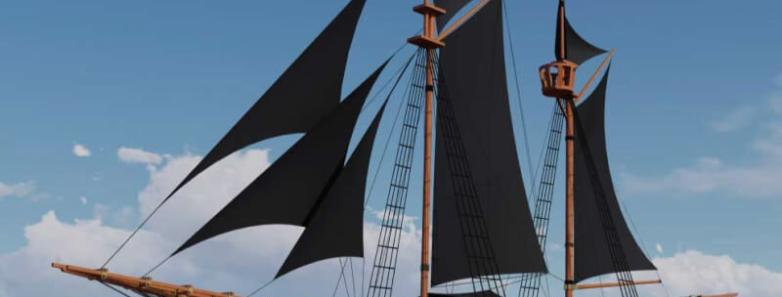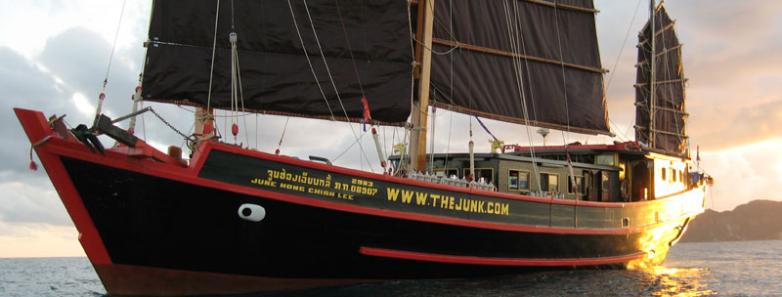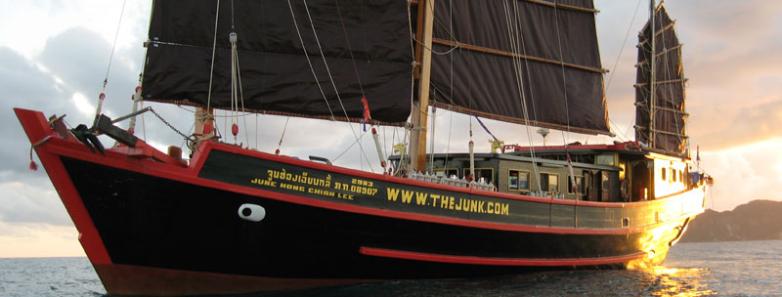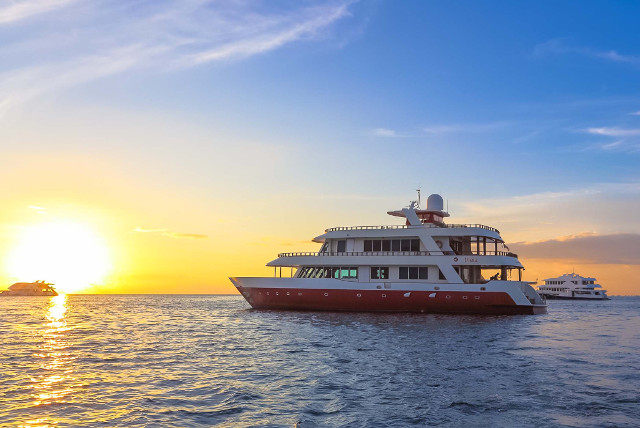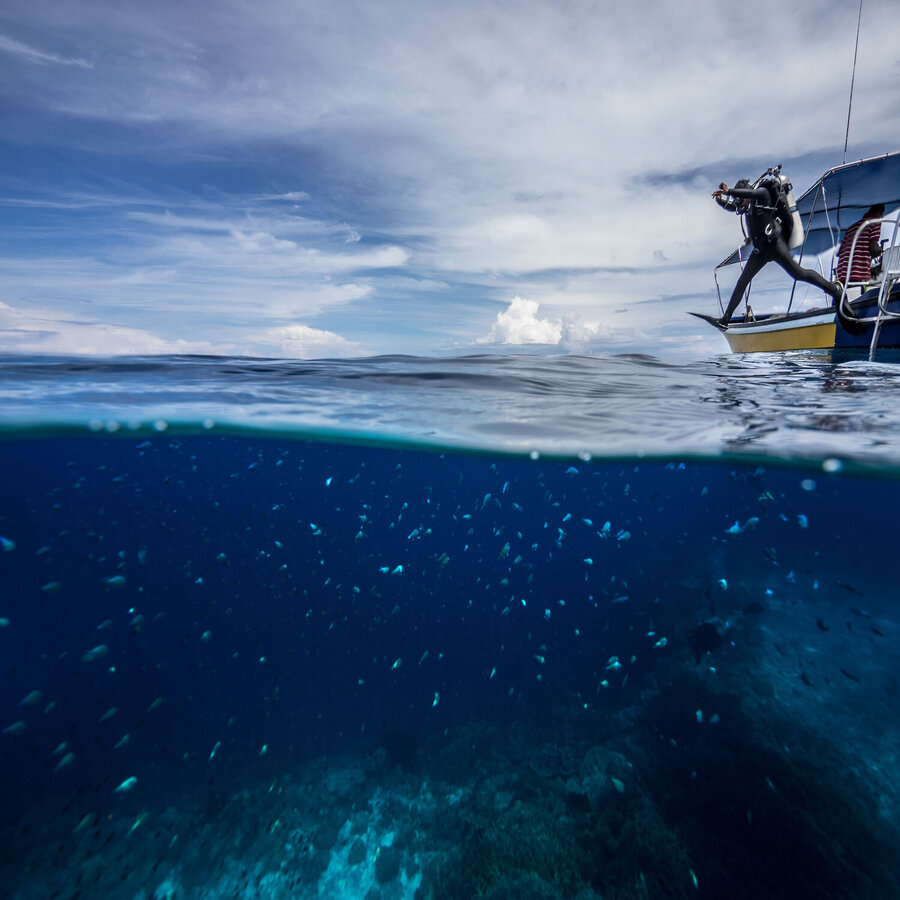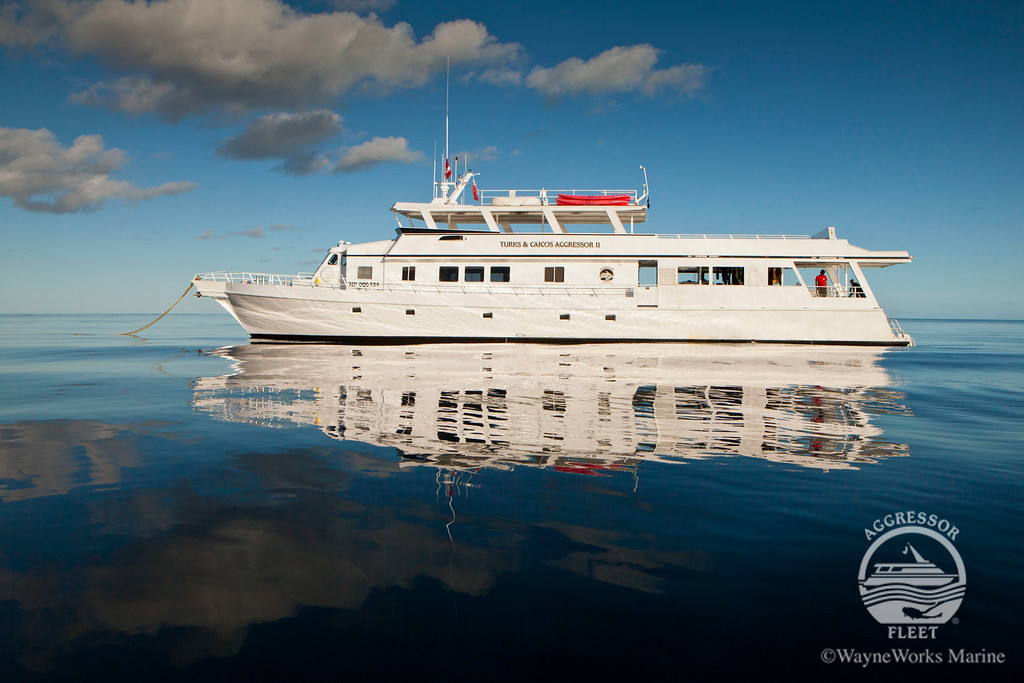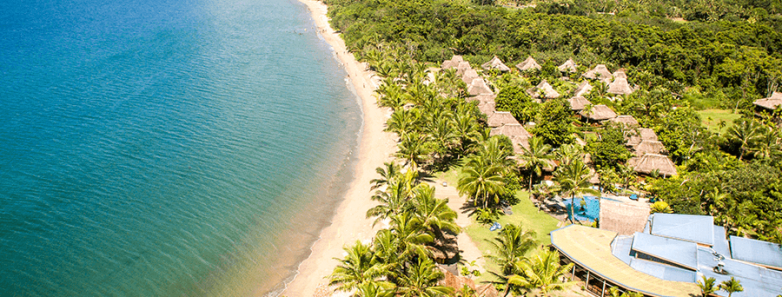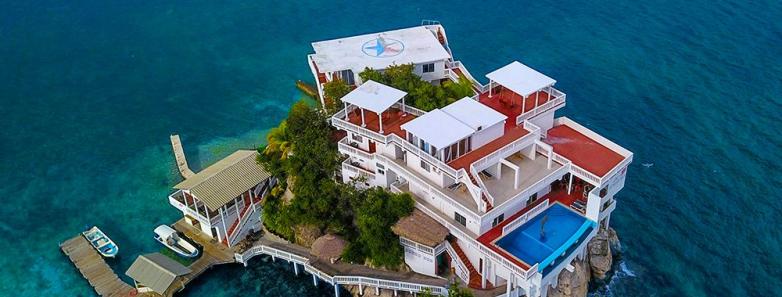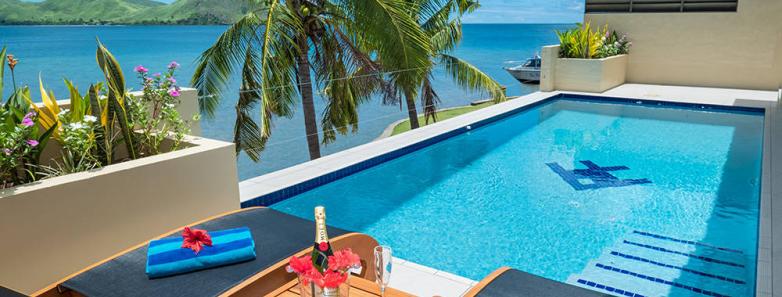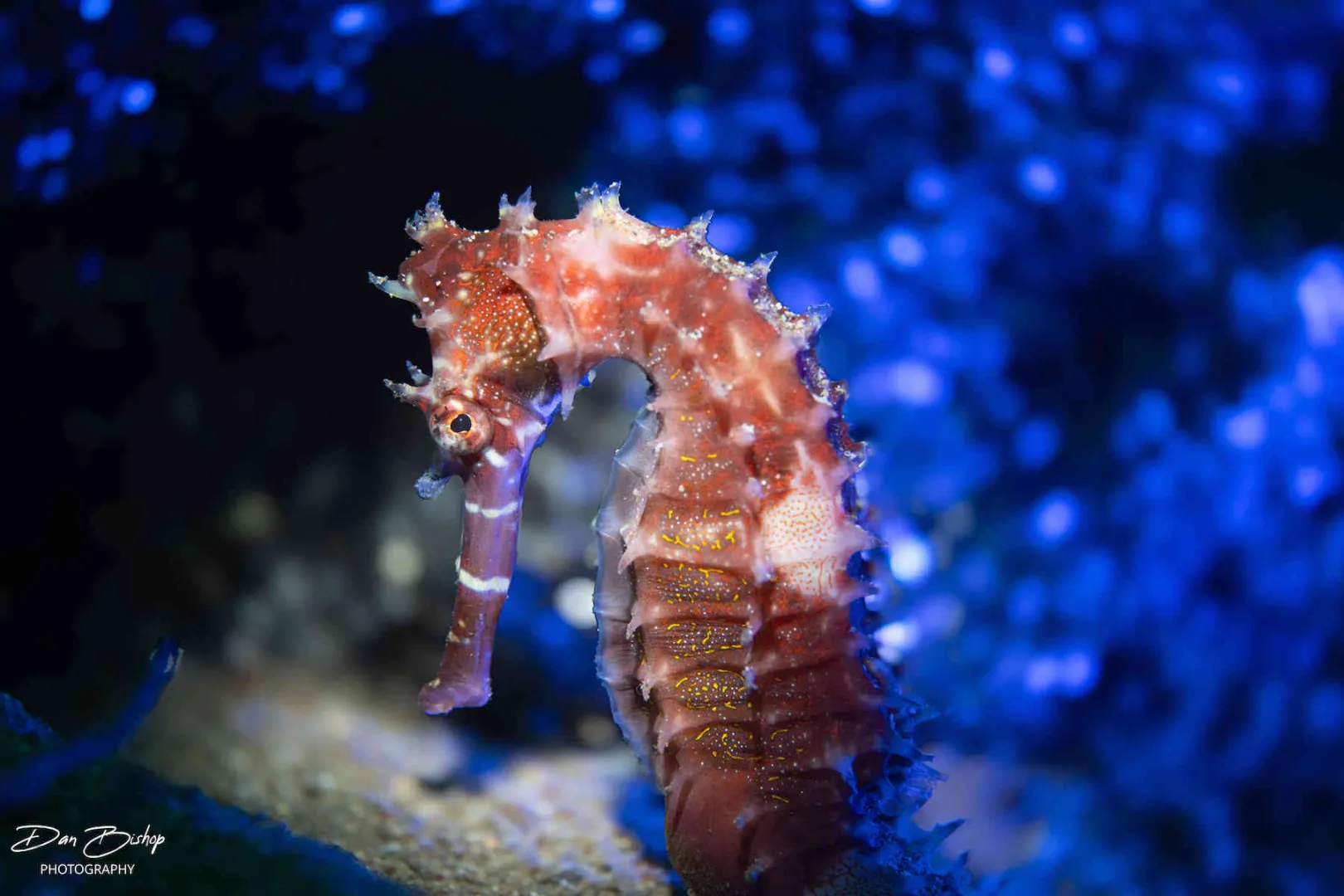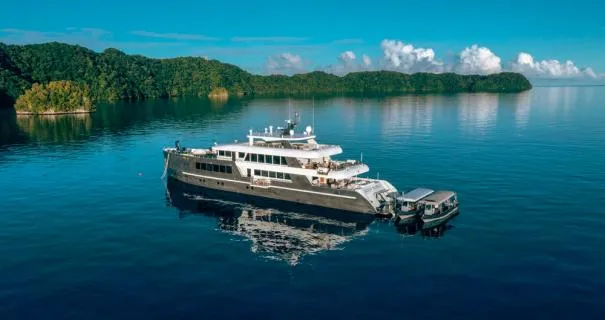Lembeh Strait
Lembeh Strait is the muck diving capital of the world and, is definitely one of the best macro photography destinations in the world. Underwater photographers flock here from all over the world to see a myriad of critters, frogfish, pipefish, nudibranchs, seahorses, juvenile fish, and other exotic animals. Don't expect beautiful coral reefs in Lembeh itself, but very scenic reefs exist at nearby islands.
Average flight time from LAX
25 hours
Scuba Dive Level
All Levels
Visibility
33 to 82 feet (10 to 25 meters)
84°F / 29°C
Average Water Temperature
Macro Critters
Stunning Reefs & Corals
Scuba Diving In Lembeh Strait, Indonesia
Lembeh Strait diving highlights
Lembeh Strait is the muck diving capital of the world and, is definitely one of the best macro photography destinations in the world. Underwater photographers flock here from all over the world to see a myriad of critters, frogfish, pipefish, nudibranchs, seahorses, juvenile fish, and other exotic animals. Don't expect beautiful coral reefs in Lembeh itself, but very scenic reefs exist at nearby islands.
Scuba diving in Lembeh is usually done via a dive resort, although you'll find liveaboard trips here and there then include Lembeh as one of the featured stops. The dive guides in Lembeh are renowned their ability to spot the tiniest little critters for macro photography enthusiasts.
Intro To Lembeh Strait
Lembeh Strait in North Sulawesi near Manado, Indonesia, is a dive area rich with life. You can see more macro subjects here than you ever dreamed possible. The area of Lembeh is rich in dark volcanic sand, which is partially responsible for the rich marine life.
Larry Smith pioneered diving in Lembeh Strait in the early to mid-1990s. KBR Lembeh Dive Resort was the first resort in Lembeh, followed by many more. Some people now think Lembeh is getting a little crowded but there are a lot of dive sites to visit, and it's really a matter of choosing a great dive operation.
Lembeh's low surge and mild currents make it ideal for macro and super-macro photography - don't forget your underwater camera. Visibility is usually never great but is always good enough for macro. While most famous for macro, Lembeh also has a decent number of wrecks and a couple of wide-angle spots to the north.
View Location on Google Map
Diving Information
Marine Life & Critters In Lembeh Strait
Lembeh Strait has a great assortment of strange fish, macro critters and nudibranchs. You can view photos and a list of all the Lembeh marine life in the muck diving critter guide.
Some of the species that you can see includehairy frogfish, flamboyant cuttlefish, juvenile barramundi cods, juvenile pinnate batfish, rhinopias, harlequin shrimps, mandarin fish, snakeblennies in the open, and large beautiful stinging anemones.
Heres a list of some of the marine life and critters that you can see and photograph while diving Lembeh Strait:
- Many different seahorses including several species of pygmies
- Various squid species,
- Broadclub, pygmy and flamboyant cuttlefish
- Many different octopuses including blue-ring, mimic and wonderpus
- Ornate, robust and Halimeda ghost pipefish, pipehorses
- Many different filefish, boxfish and puffers
- Crinoid shrimp, Harlequin shrimp
- Bubble-coral shrimp
- Mantis shrimp and many other shrimps
- Orangutan crabs, decorator crabs, and other crabs
- Banggai cardinalfish
- Assorted anemonefish
- Gobies and blennies
- Snake eels, garden eels, ribbon eels and various morays
- Razorfish
- Schooling striped catfish
- Frogfish in every size and color
- Flying gurnards, spiny devilfish and other scorpionfish
- Bobbit worms
- Tremendous variety of nudibranchs
- and the list goes on
Lembeh Strait Diving Conditions
Water Temperature: Lembeh gets colder around July and August with water temperatures averaging at 25C (77F). Bundle up! Some people think the most critters are out during the cold months. Water temps get up to 28 C (82F) in Jan-Feb. Wear a full wetsuit year-round to protect against cuts, jellies, and getting cold during long dives.
Visibility: Around 30ft (10m) year-round
Depth Range: 5 - 30m
Typical Dive In Lembeh Strait
Your dive boat will usually go out for 1 or 2 dives at a time. Generally, you will be in a small boat with 1 guide and 1-3 other divers. Depending on the dive site, you'll start your dive in 50 - 80ft of water and then start to work your way shallower on a sandy slope.
As you are photographing one amazing subject, your dive guide will be busy finding your next subject. A super-macro lens will often come in handy. Other divers swimming by may silt up your area, causing you to curse underwater. You take so many shots that your memory card fills up, or your battery dies, causing you to curse underwater.
To learn more, read about our latest trip to Lembeh here.
Lembeh Strait's Dive Sites
The dive sites in Lembeh are generally sand, rock, muck, or rubble, but there are a couple of sites with nice corals and walls. Marine life is generally prolific from 3-4 meters depth down to 25 meters depth. Police Pier, Nudie Falls, Nudie Retreat and TK3 are definitely target-rich environments that you want to dive early and often. California dreaming and Angel's falls offer good wide-angle opportunities.
How To Get To Lembeh
Most people fly to Manado (MDC) through Singapore (SIN) on a 3.5-hour flight. Silk Air has regular flights.
You can also get a direct flight from Jakarta (CGK) or Bali (DPS) - see our guide to Indonesia's domestic flights for more information. Resorts will usually pick you up at the Manado airport. Two hours after you get your bags, you should be at the resort.
Dive Resorts In Lembeh Strait
There are a lot of excellent dive resorts in Lembeh Strait with a wide range of pricing. Lembeh Resort is a popular luxury boutique dive resort, famous for its cliffside villa, beautiful ocean-view cottages and excellent diving and hotel services. NAD Lembeh Resort is also a popular option among underwater photographers, featuring comfortable accommodations, photographer-friendly facilities, and experienced well-rounded dive staff.
Where To Go After Lembeh
Bangka, Siladen, Manado, and Bunakendiving are nearby Lembeh, and we highly recommend you consider doing a "combo" trip, shooting mainly wide-angle in the Bunaken area, and shooting macro in Lembeh. Many divers also combine Lembeh with a trip to Raja Ampat.
Best Time To Dive In Lembeh Strait
The diving season in Lembeh Strait runs year-round. September to October is a popular period of time. "Rainy season" is technically December to February, but visibility is not bad then, and the rain is not as heavy as you would expect in most parts of Indonesia.
Topside & Non-Diving Activities
A trip to nearby Tangkoko National Park is a must, to see the amazing Tarsier monkey (a very cute small monkey with huge eyes, best seen at dawn or dusk), and Celebes Crested Macaques.
Practical Information
- Currency: Indonesian Rupiah (IDR)
- Electricity: 220 volts, with 2 round pin plugs (European Standard)
- Vaccines: None are essential for US visitors. It is recommended that you are up to date with Typhoid, Tetanus/Diphtheria, Hepatitis and Polio for any trip to the tropics.
- Visa: Visitors from most countries can purchase a 30-day visa upon arrival to Indonesia. Make sure your passport has a blank page and is valid for 6 months.
- Language: Bahasa Indonesia (literally translates to 'Indonesian Language' since "bahasa" means language) is the official language of Indonesia. It is very easy to learn, and we suggest you learn hello, thank you, how are you, and what is your name before your trip. English is commonly spoken at dive facilities. Like in most of Indonesia, people in Lembeh also have their own local dialect.
- Safety: Lembeh is a pretty safe place. Use common sense in Manado, like you would in any city.
Fellow traveler's reviews
no reviews

DEALS & SPECIALS
Dive Into Our latest Lembeh Strait Special Offers
All deals
RELATED ARTICLES
Stories Beneath The Waves
All articles

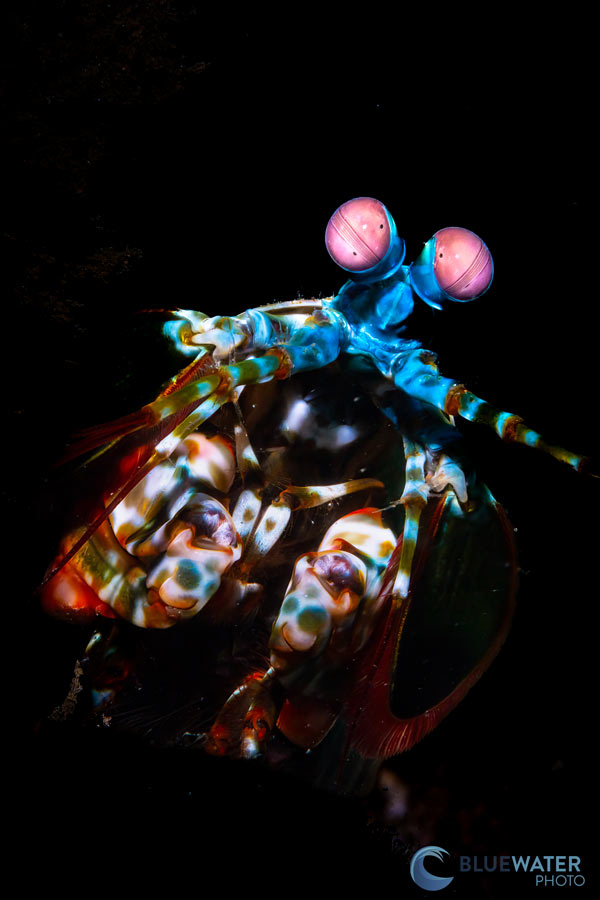

























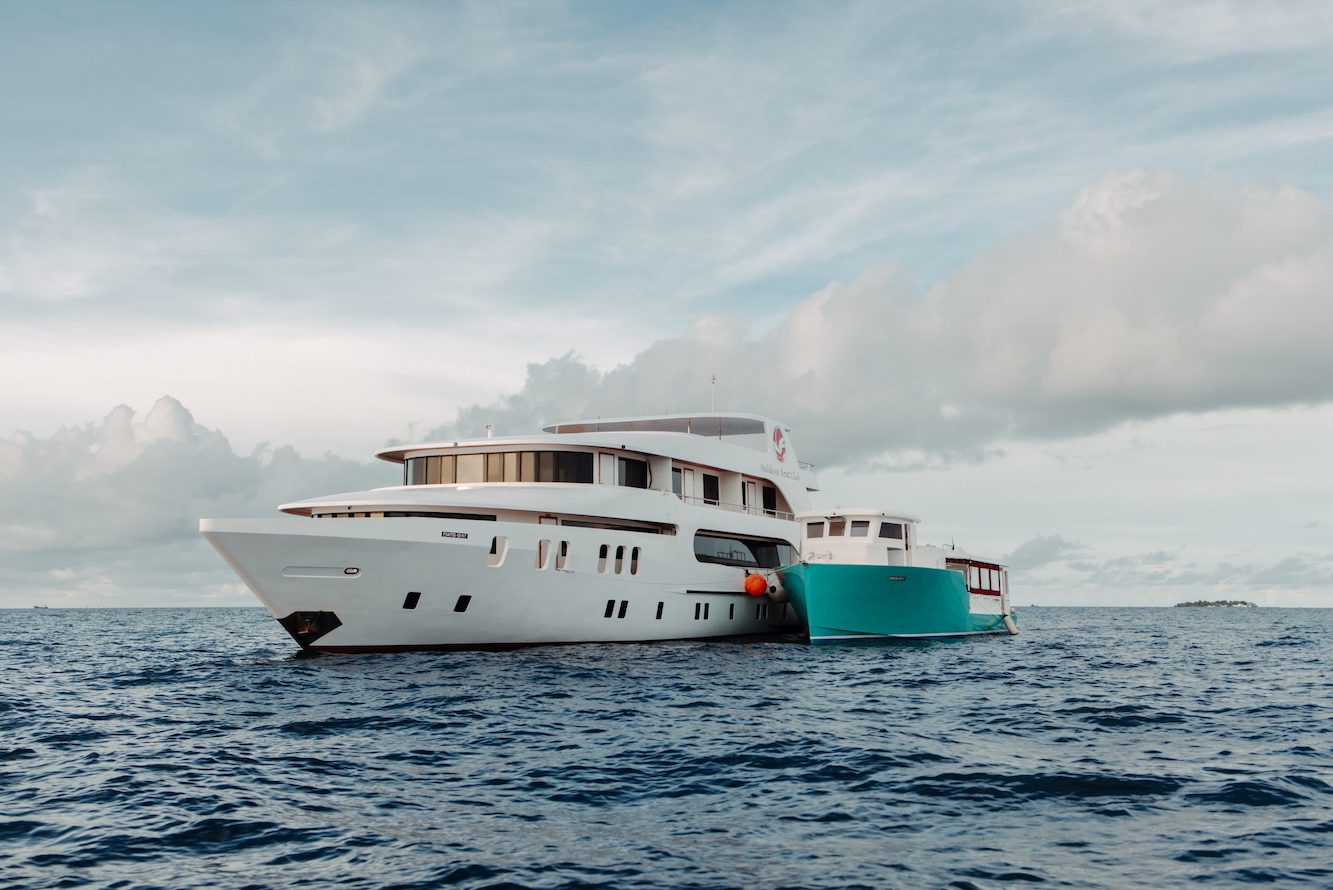
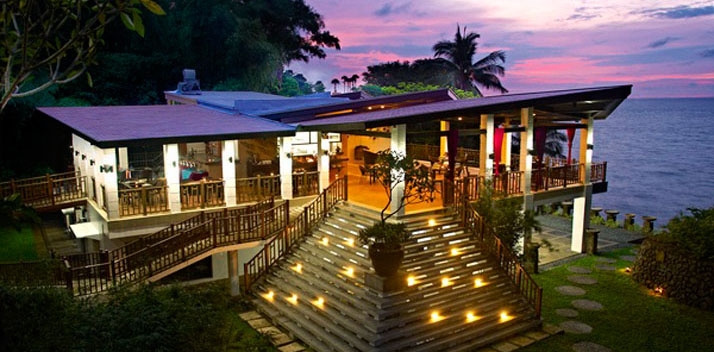

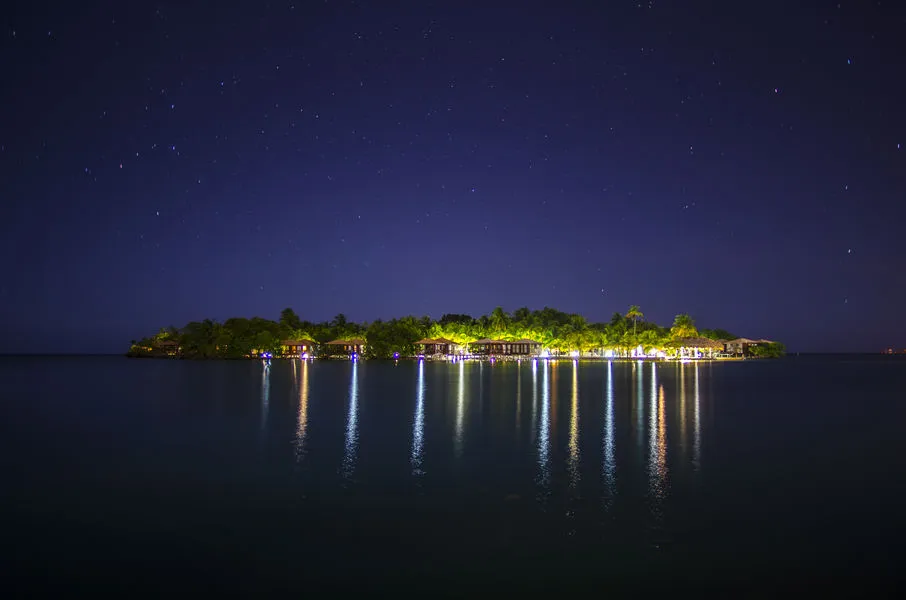
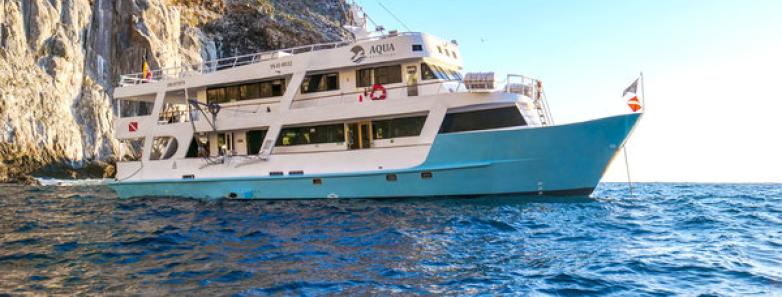
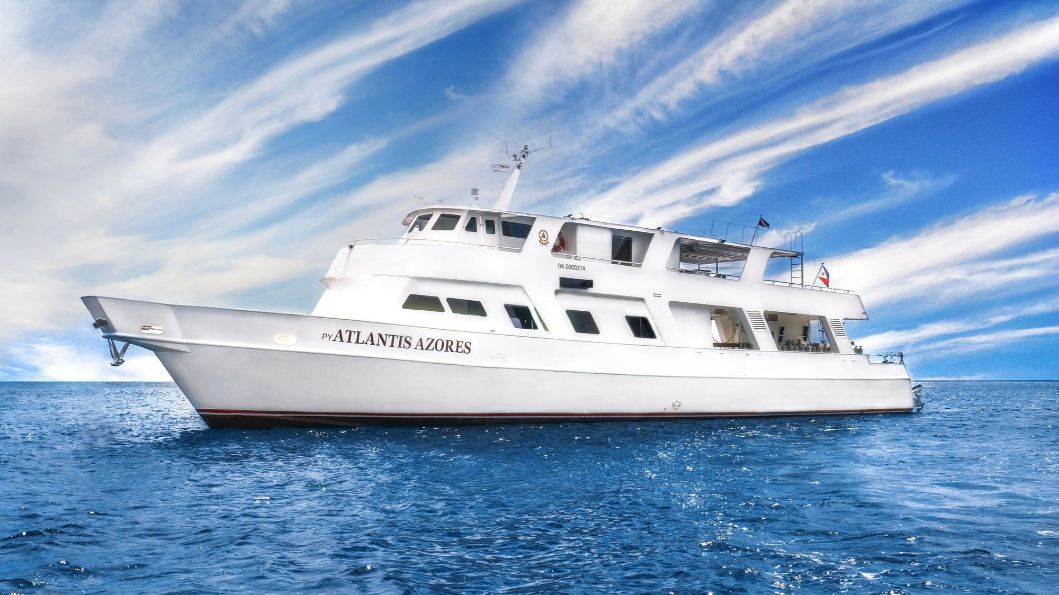
_1742377020.jpg)
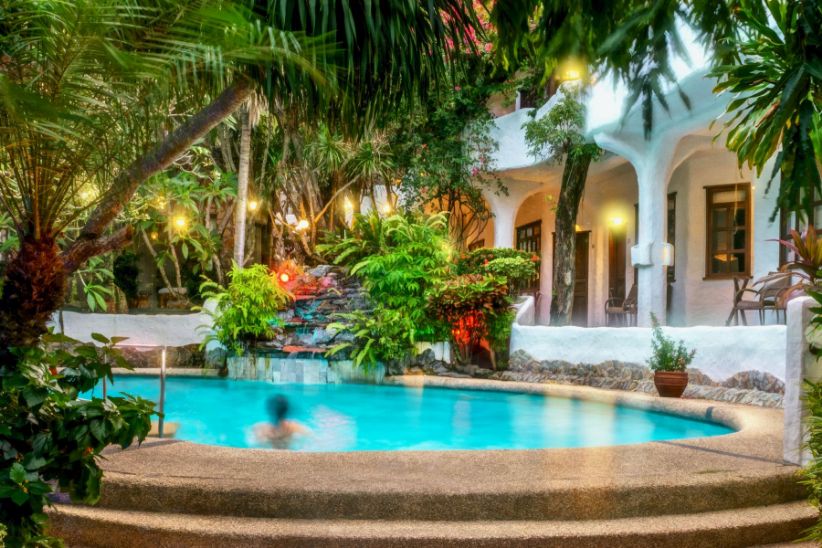
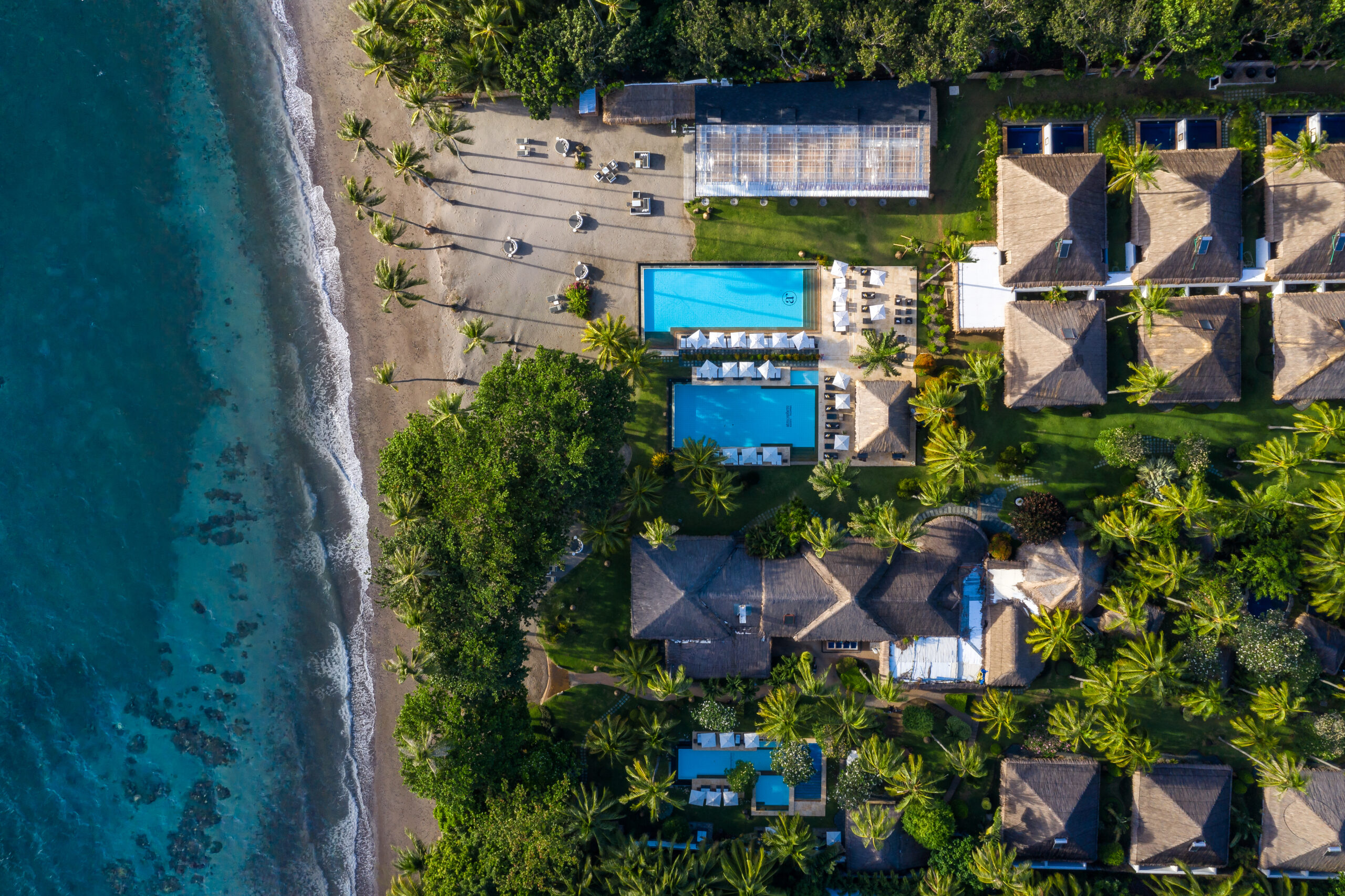
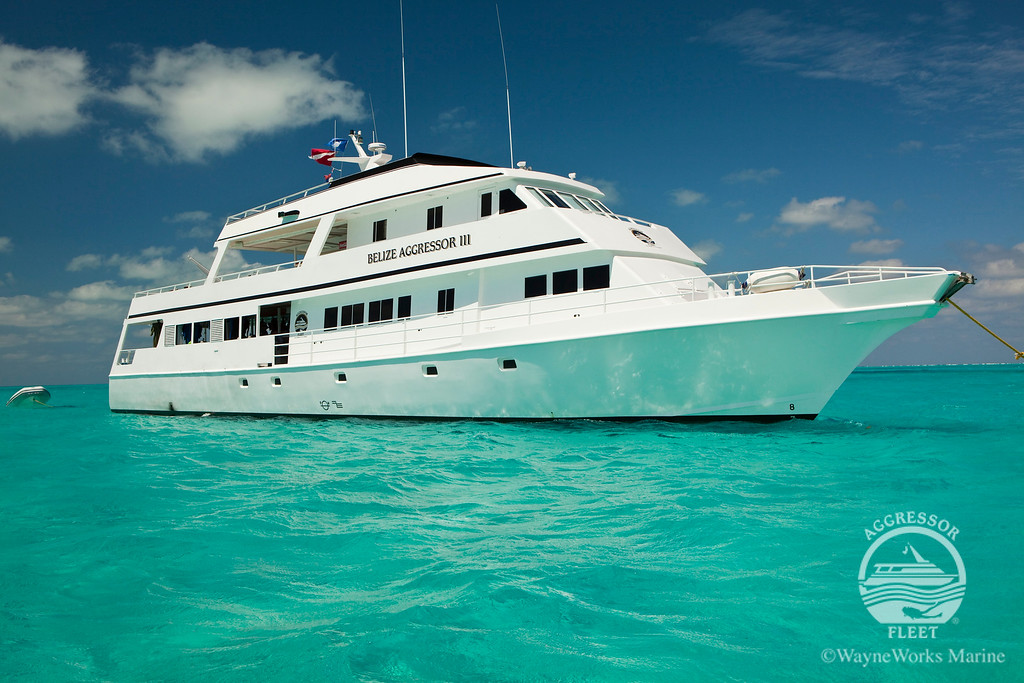
_1742825542.png)
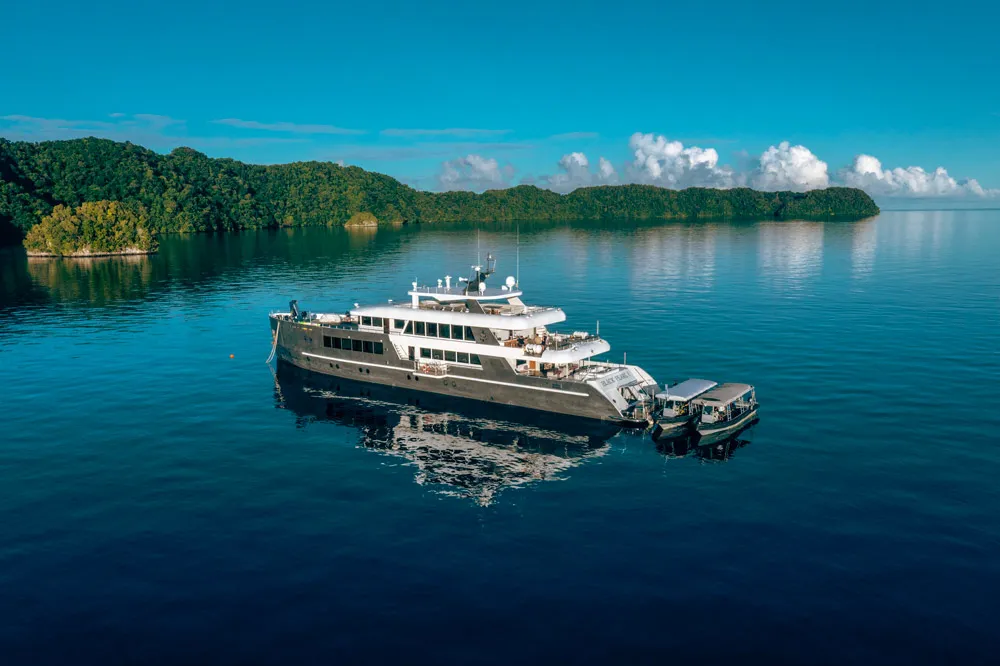
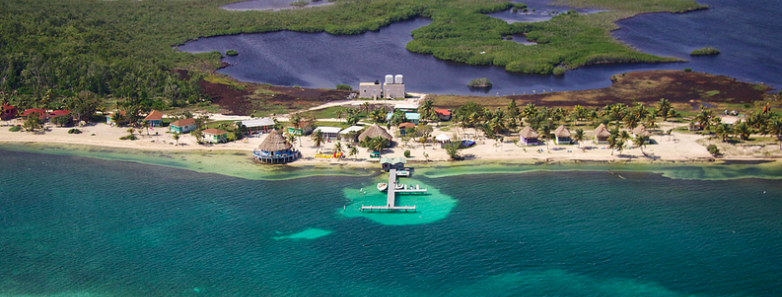
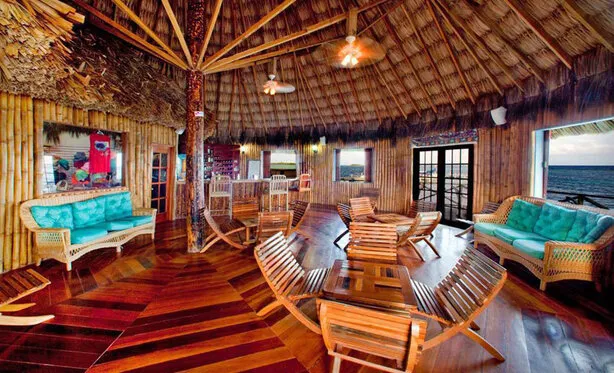
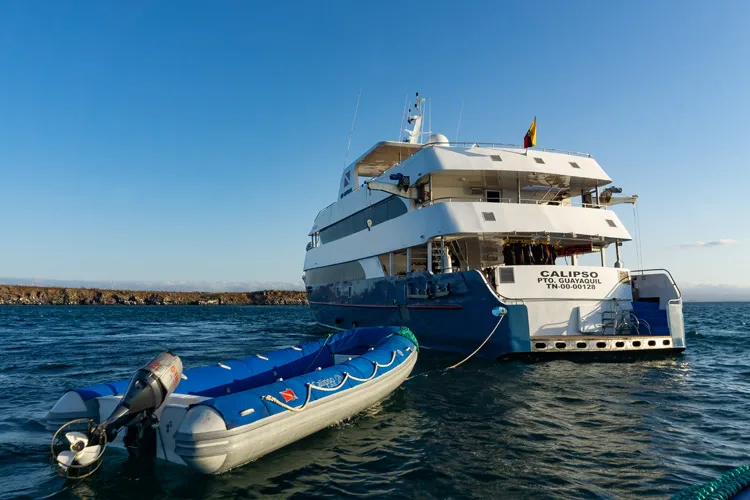
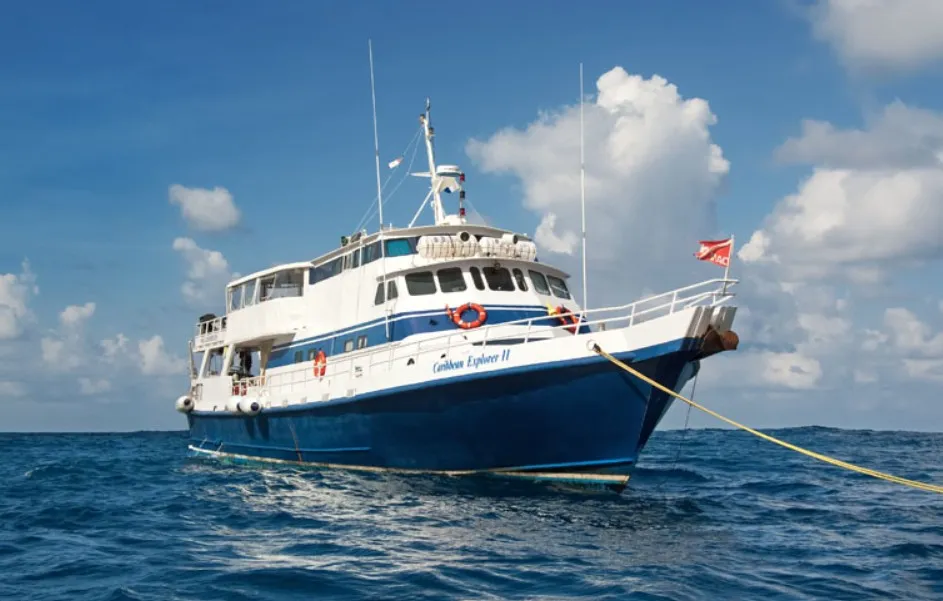
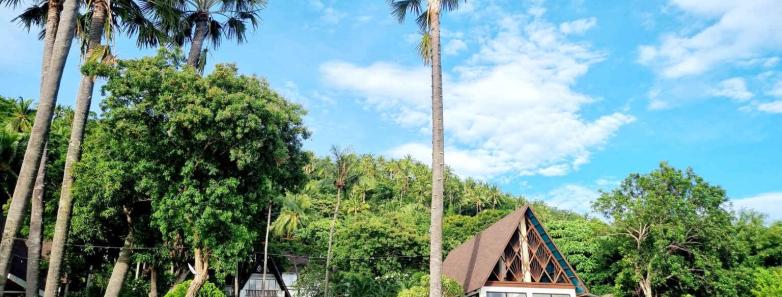
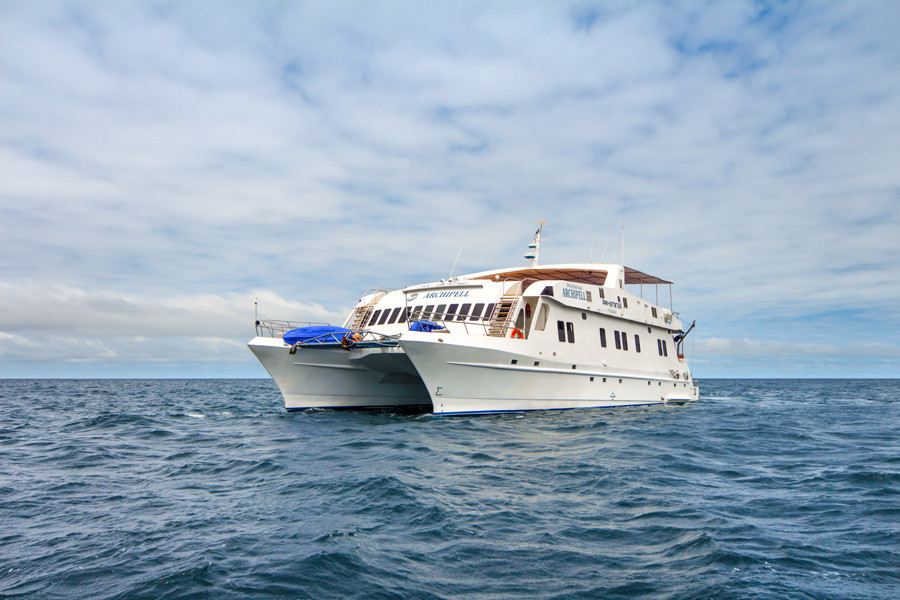




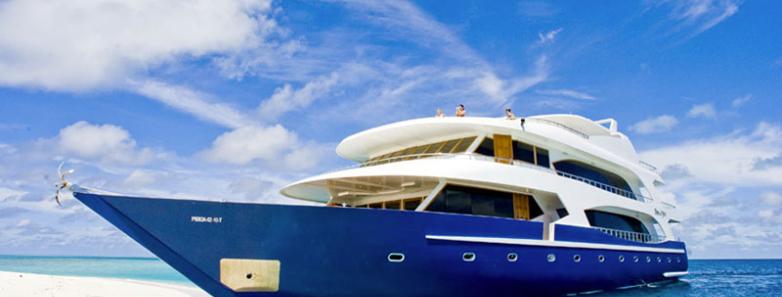
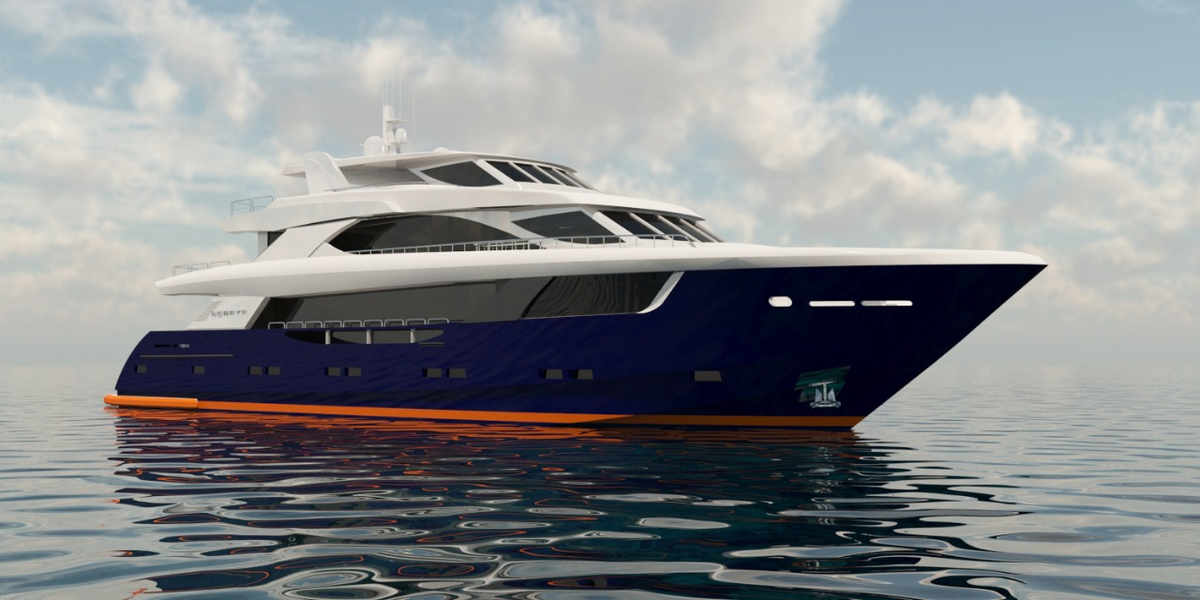
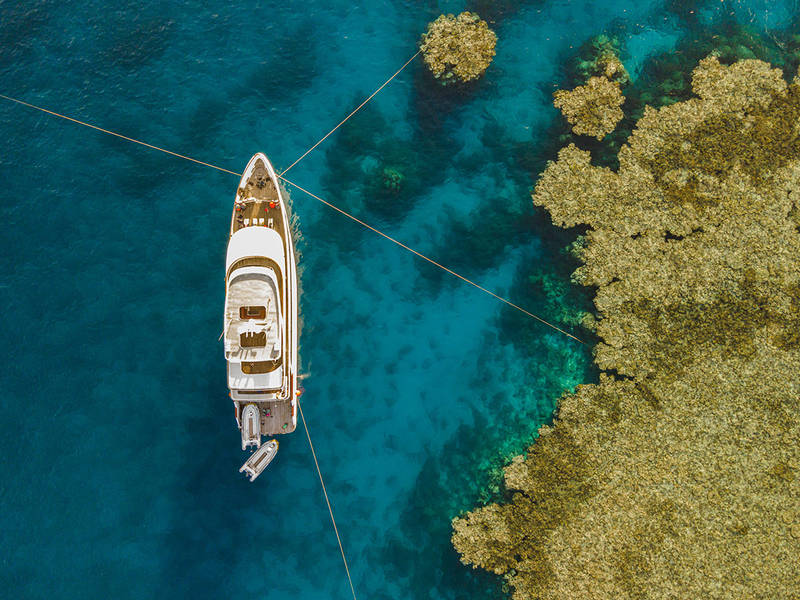
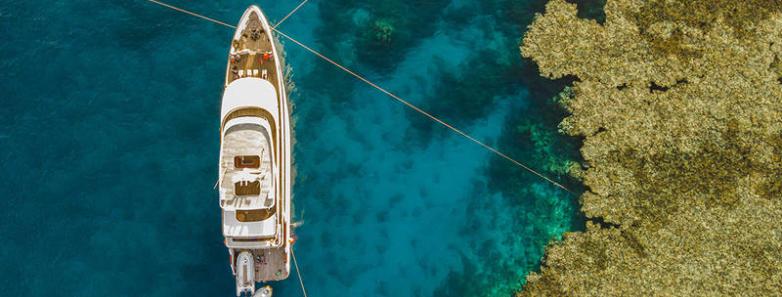
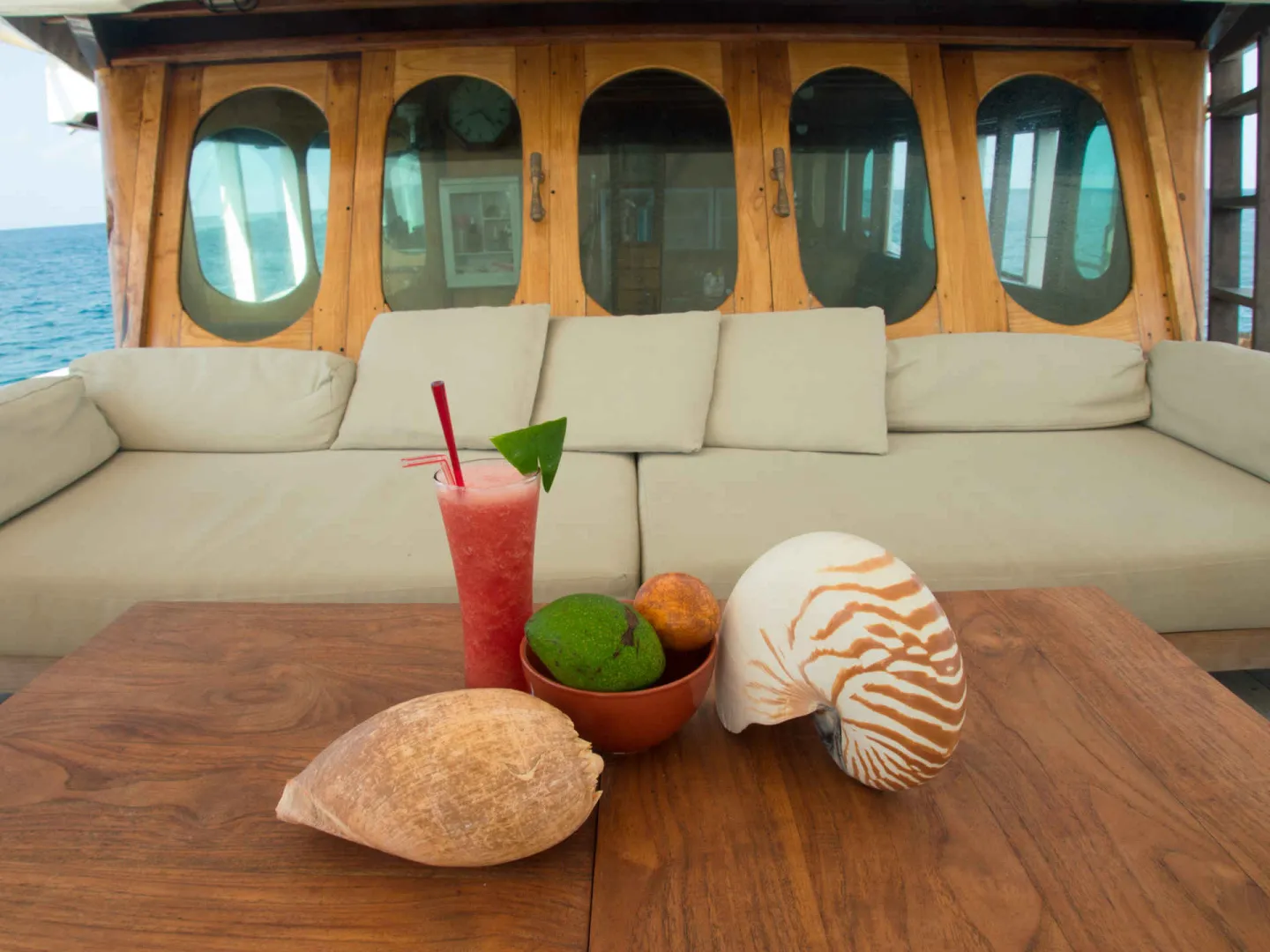
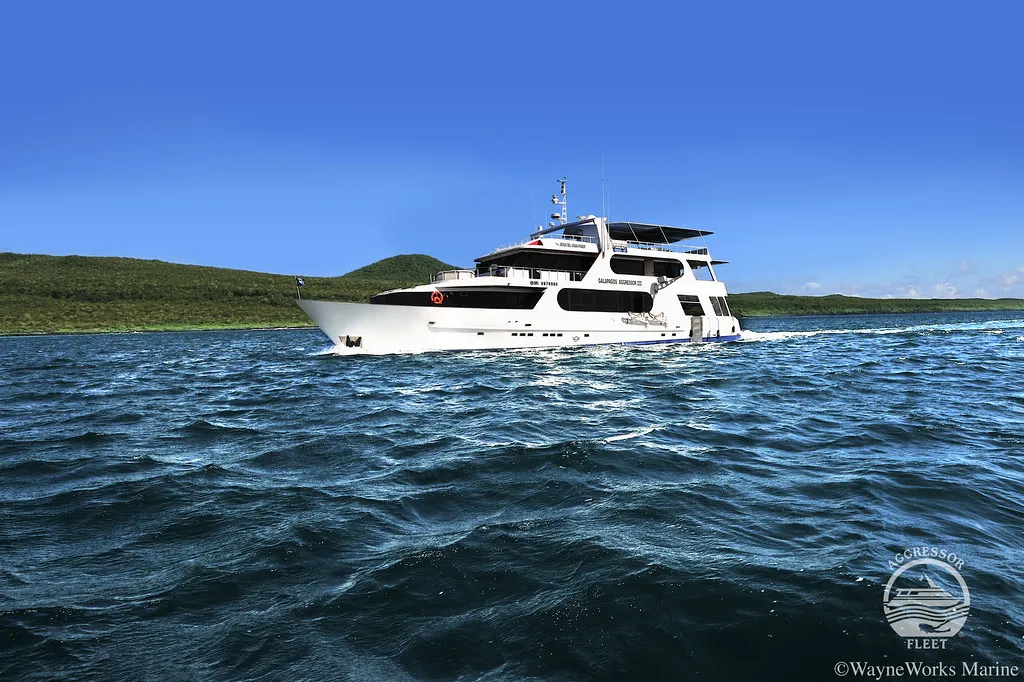
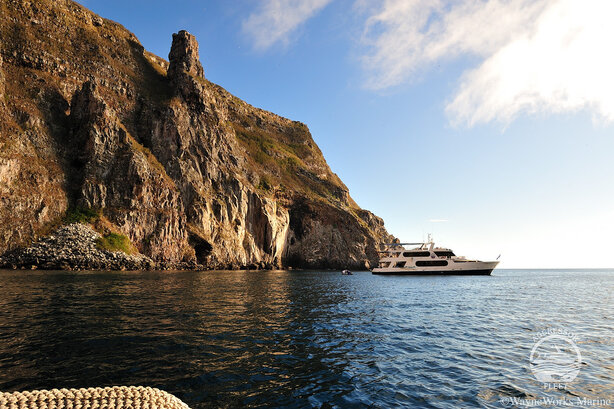
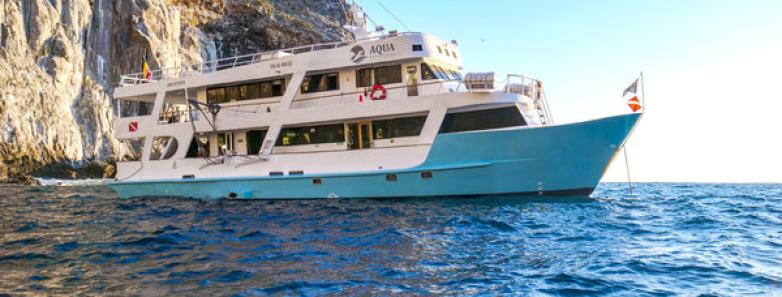
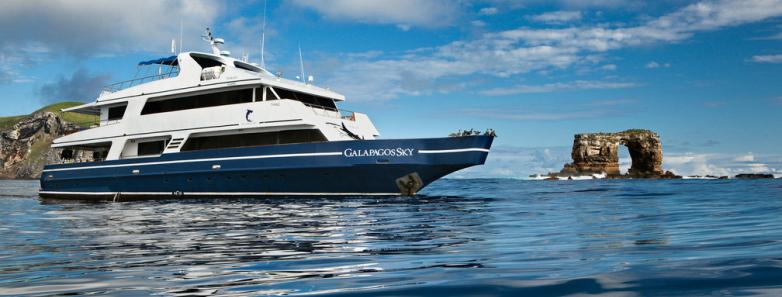
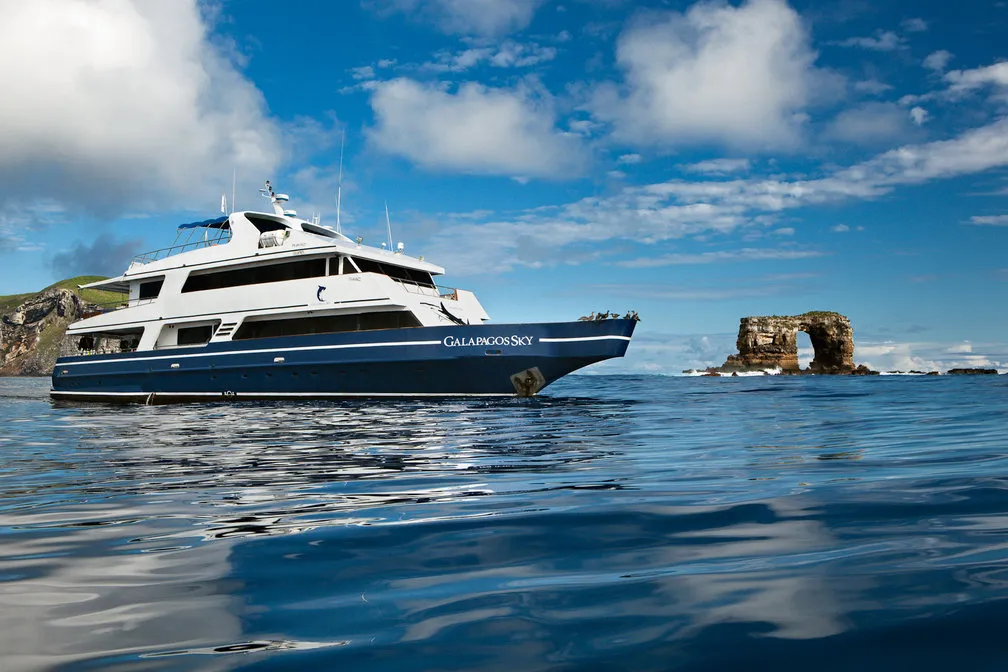

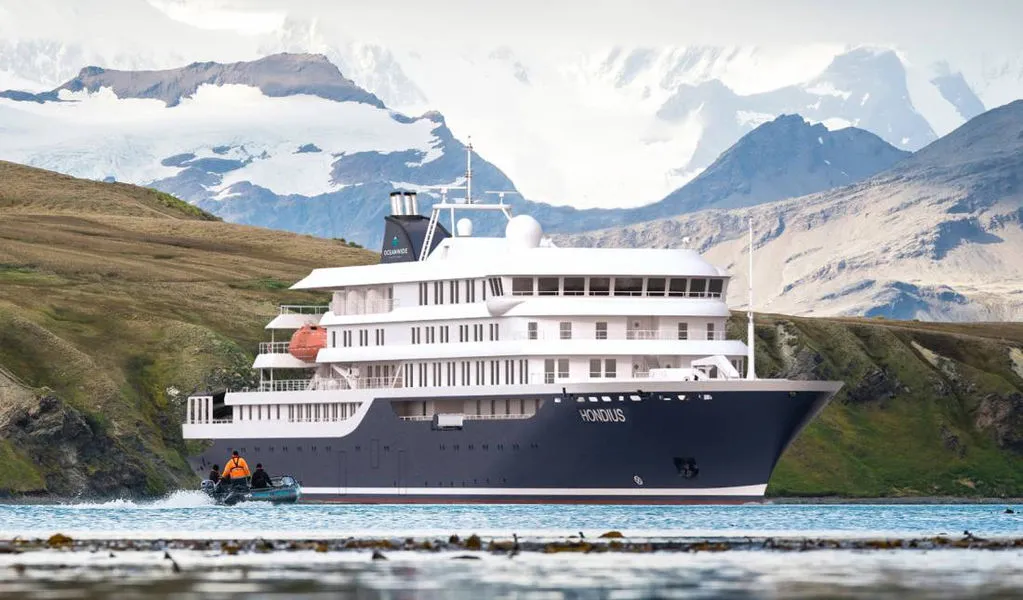
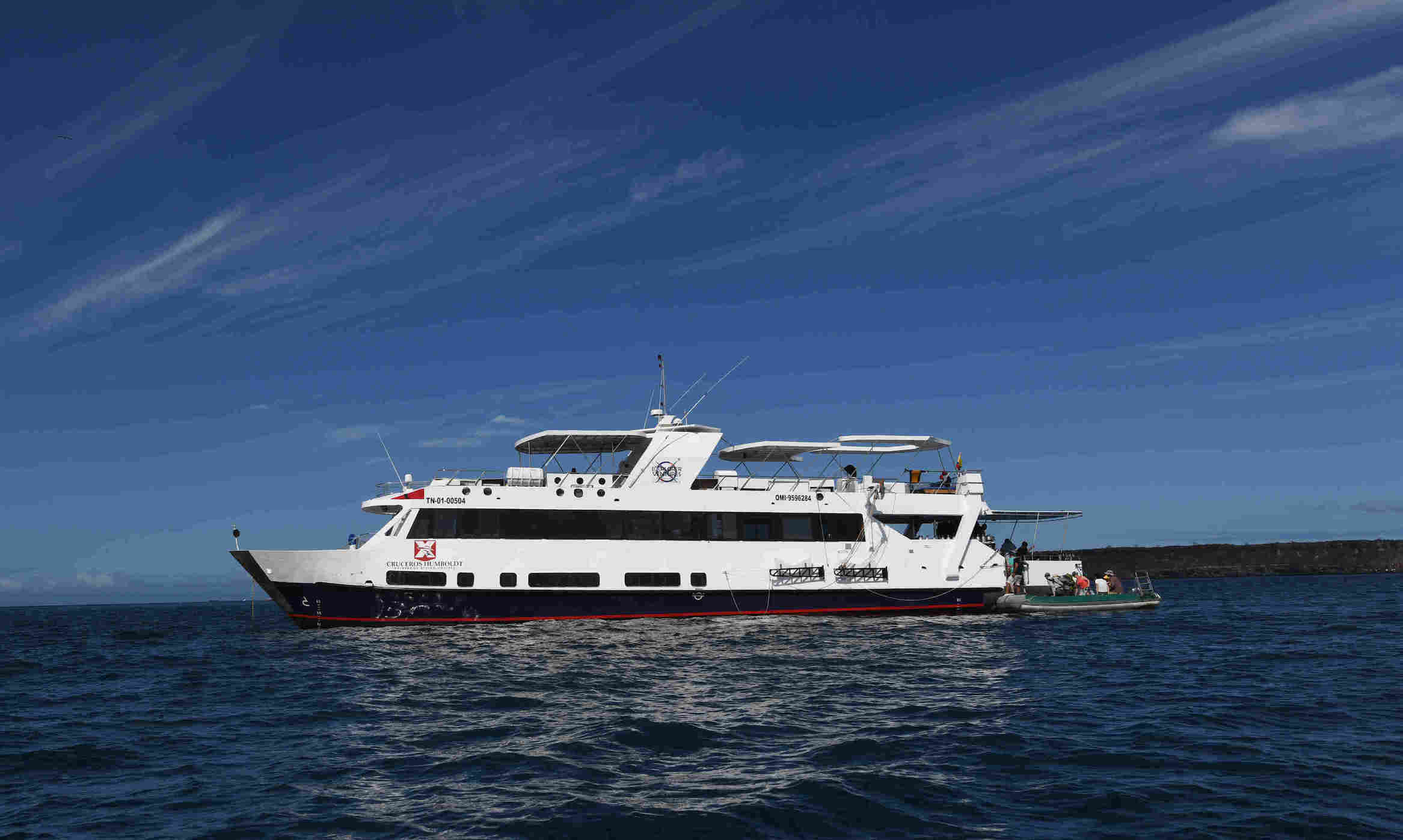
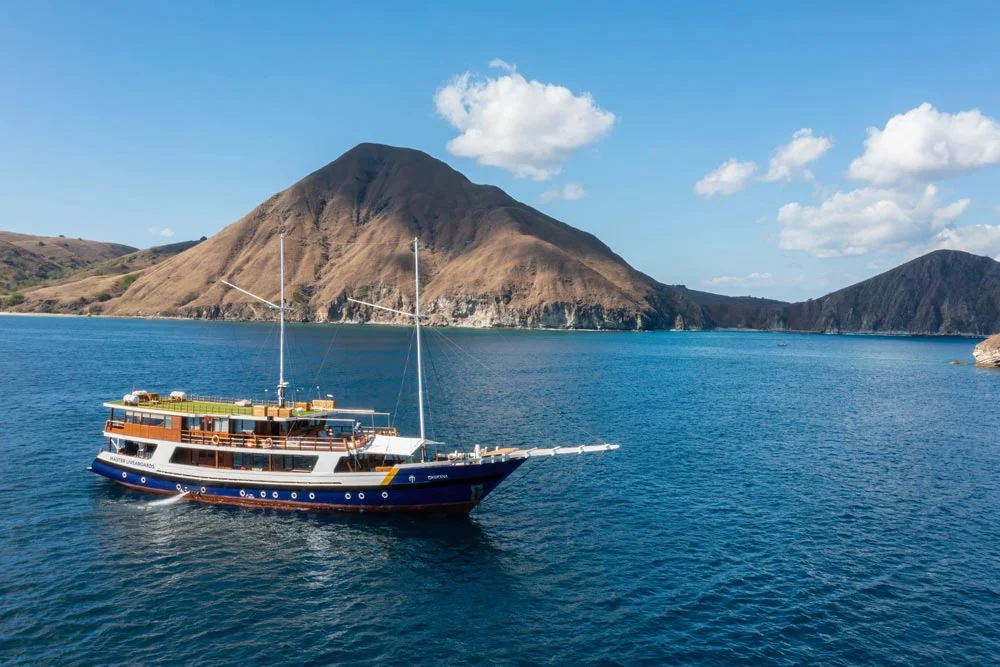
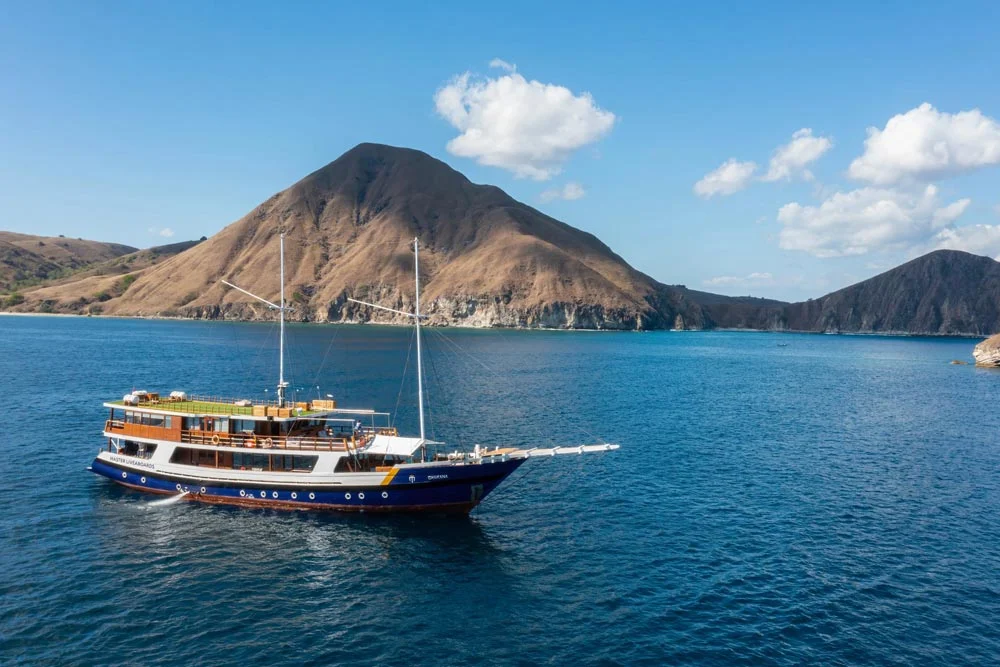


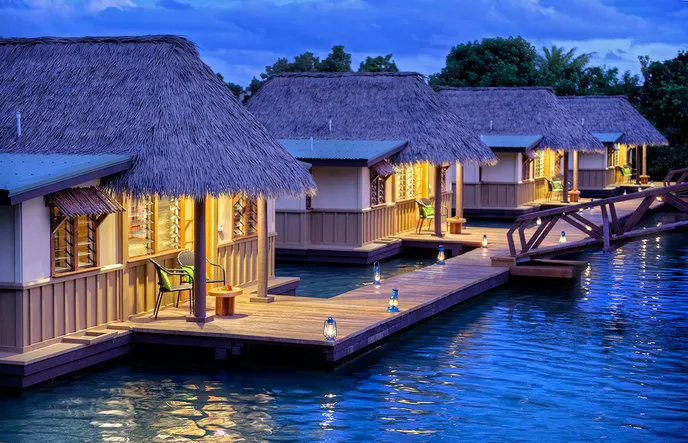
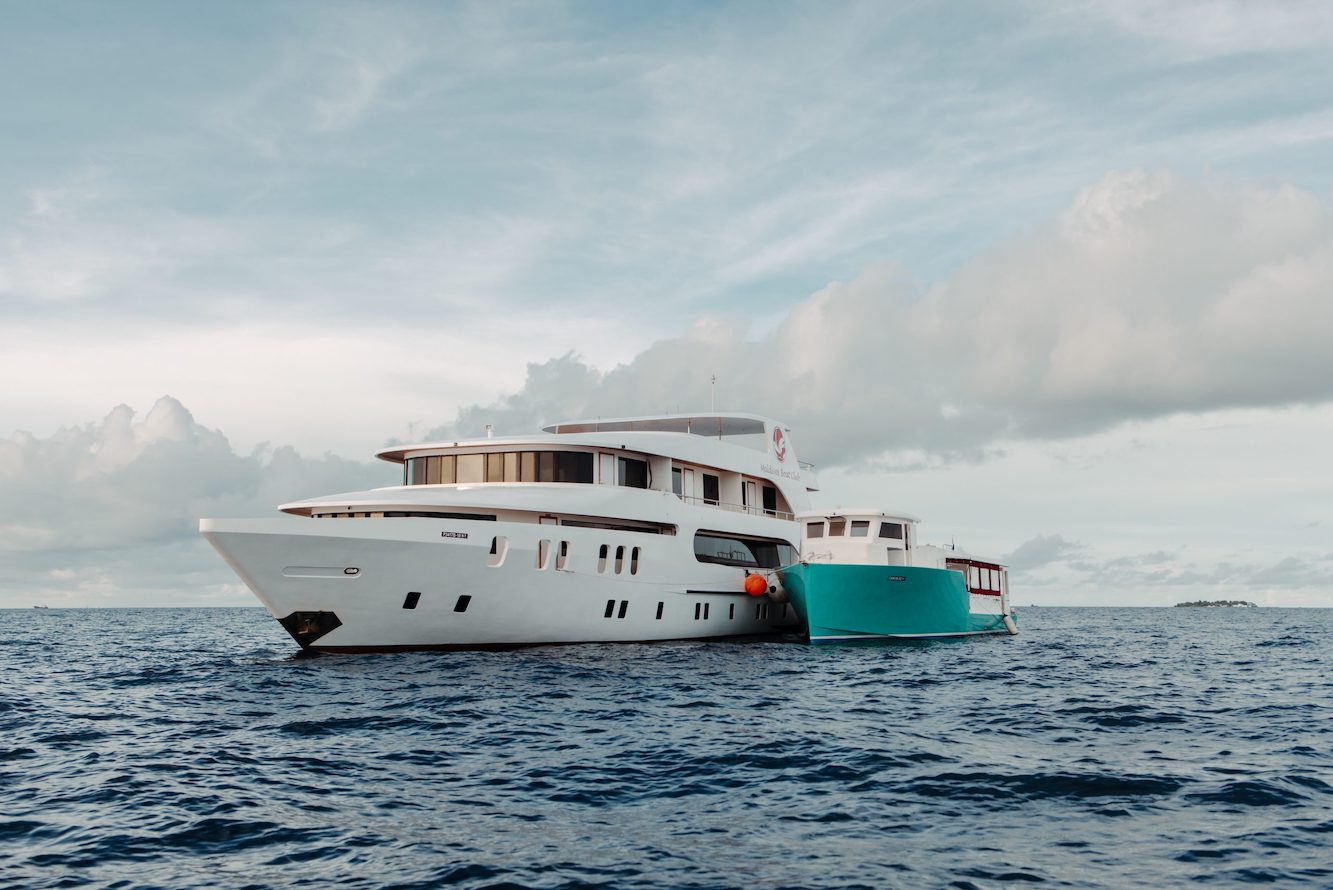
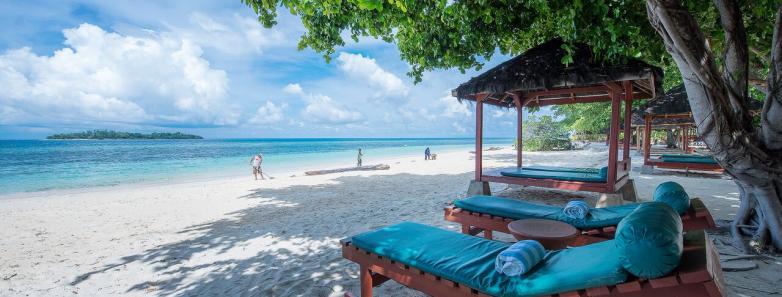
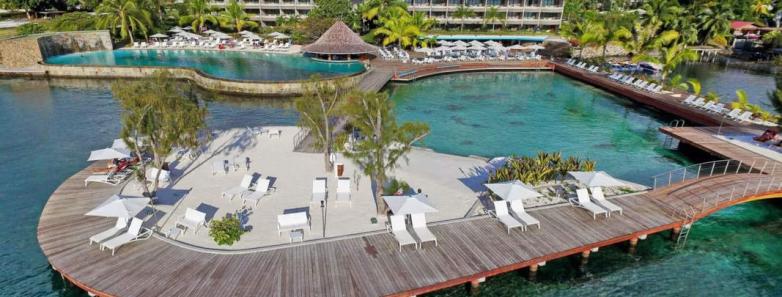
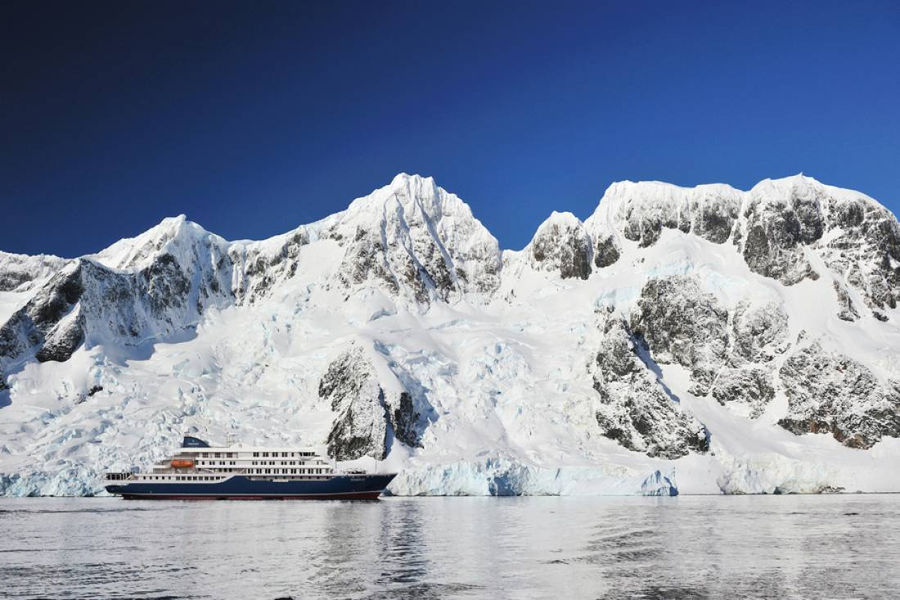


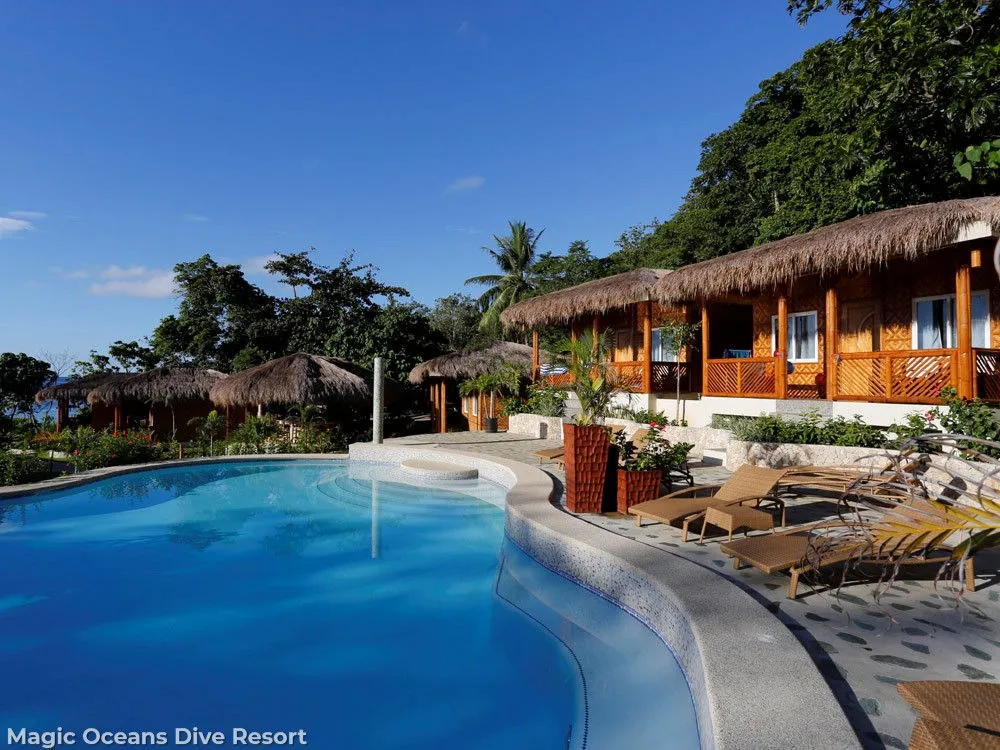
_800x544-optimized_1743009191.webp)

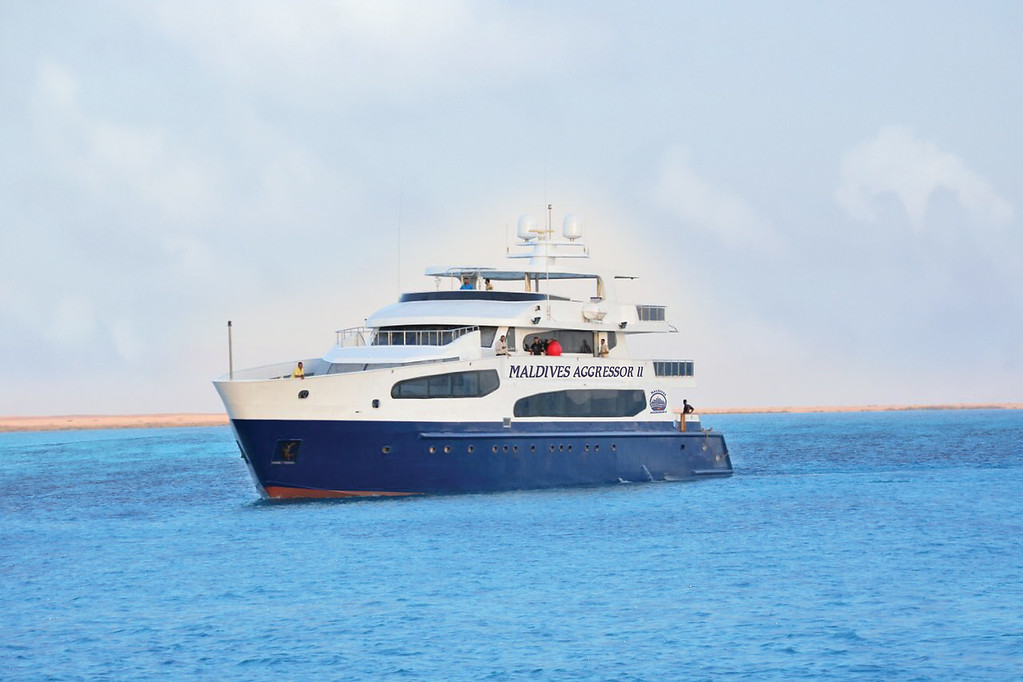
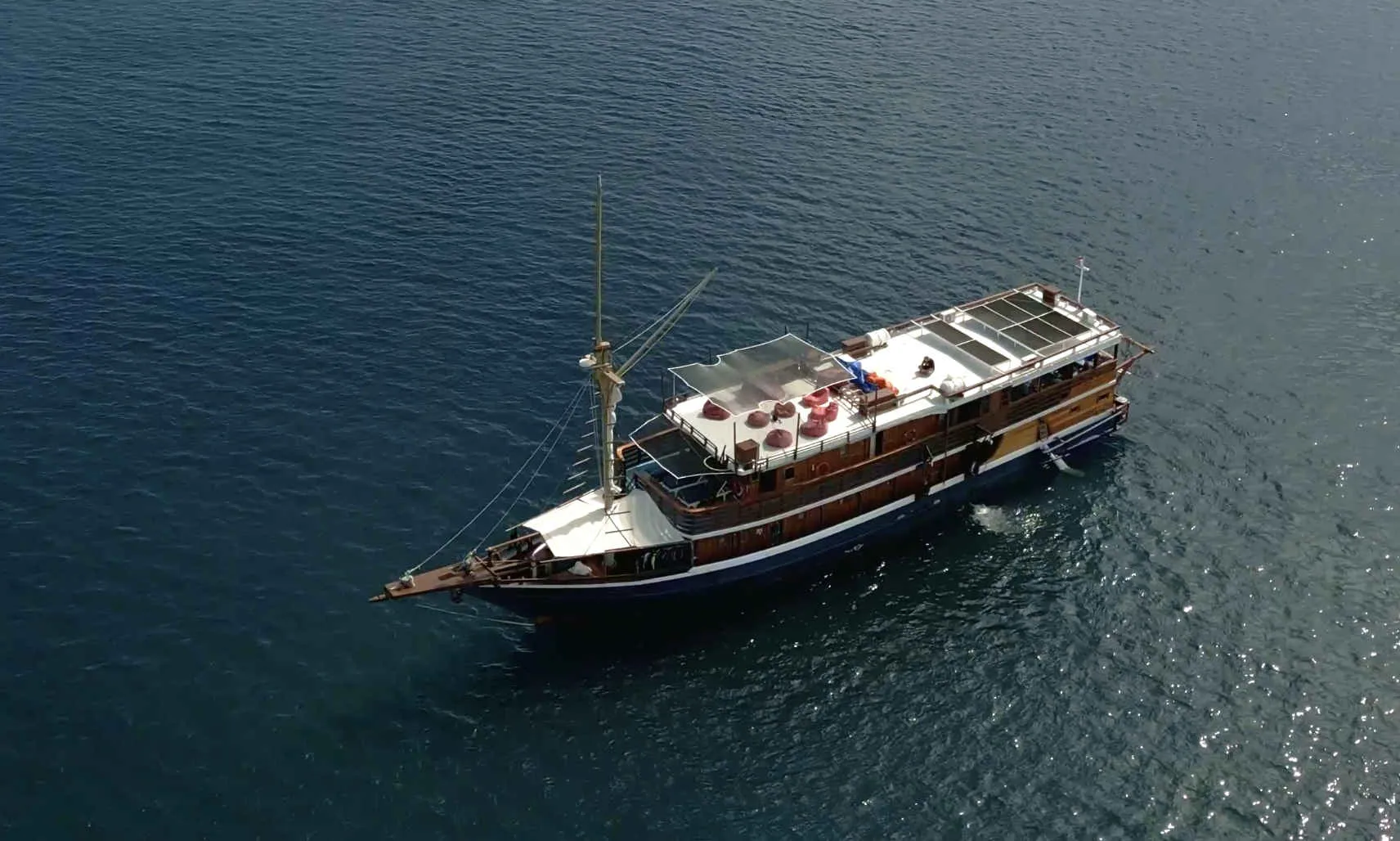
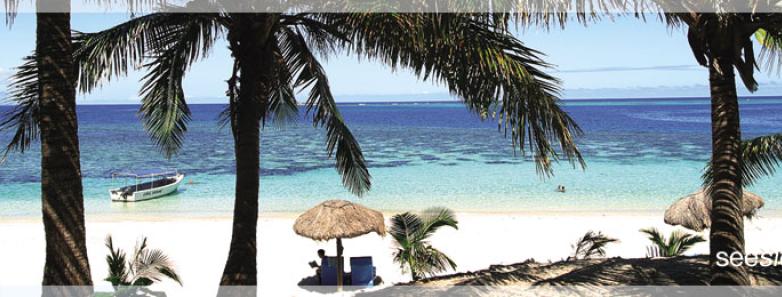
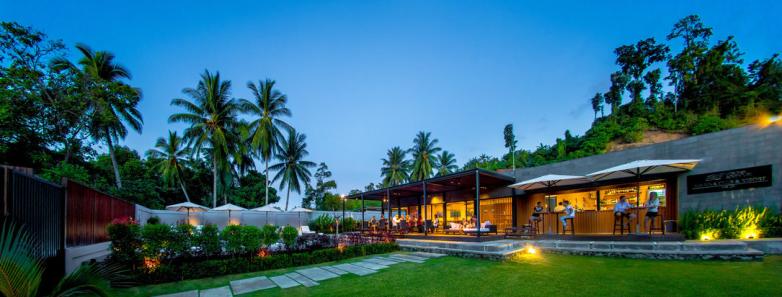
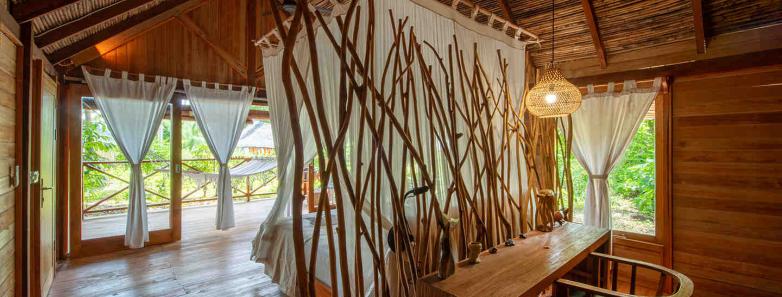
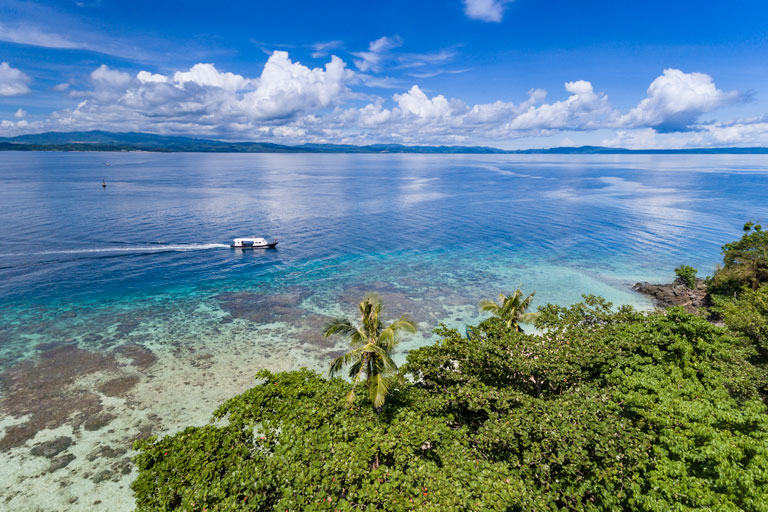
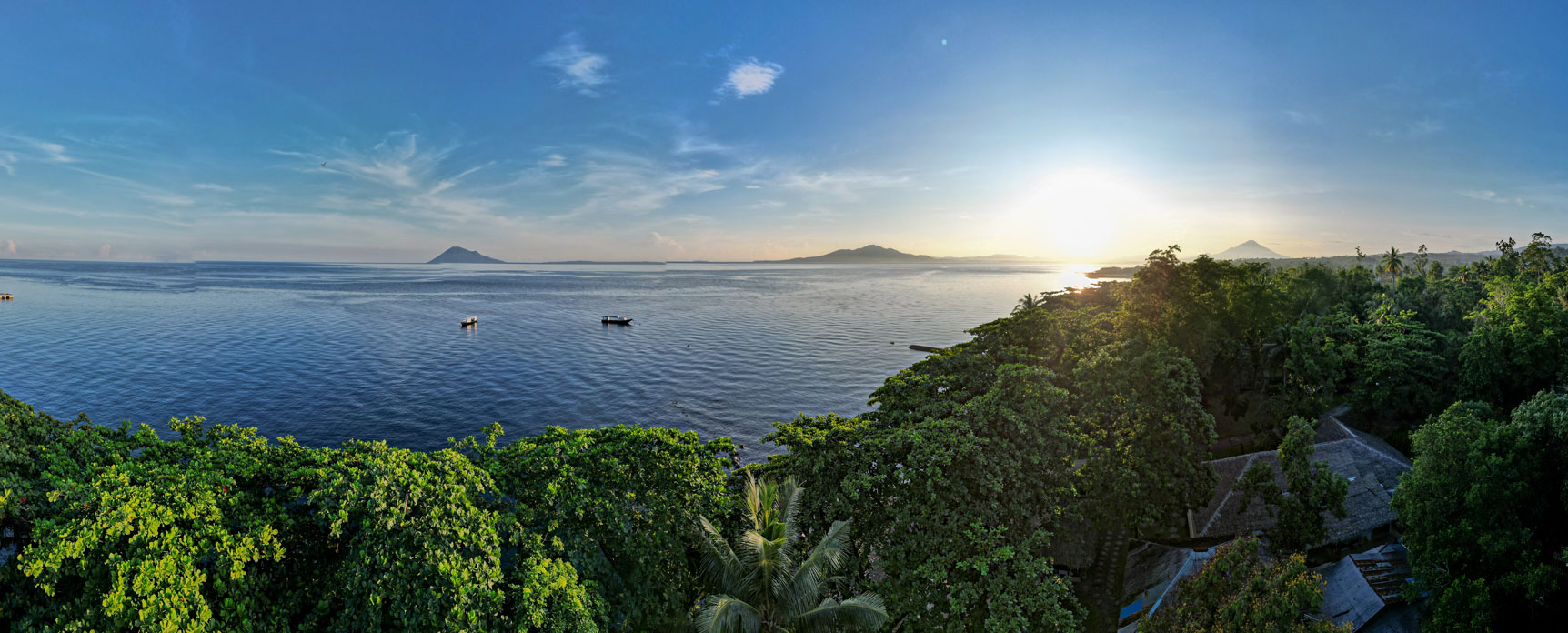
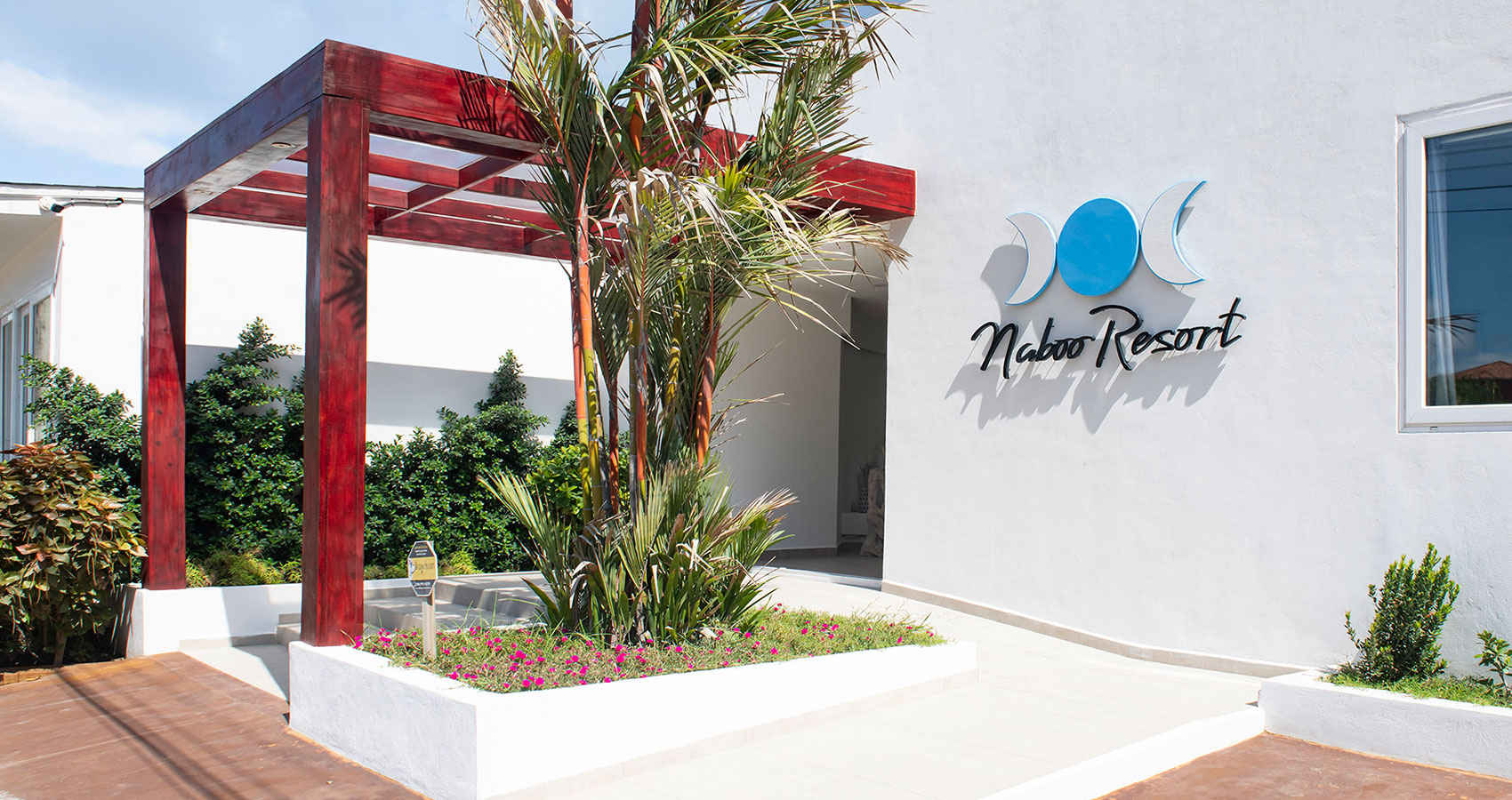
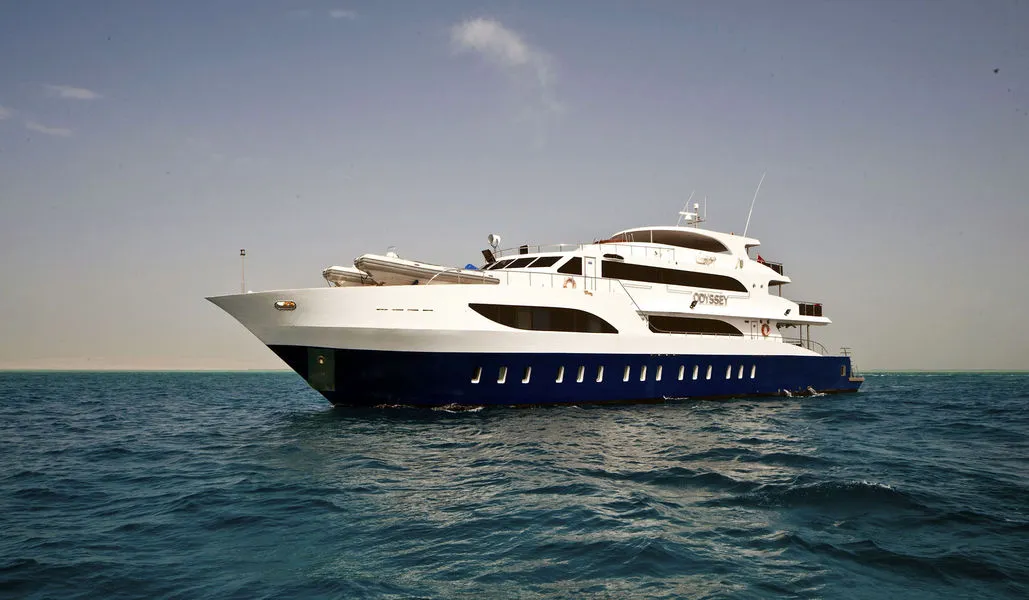
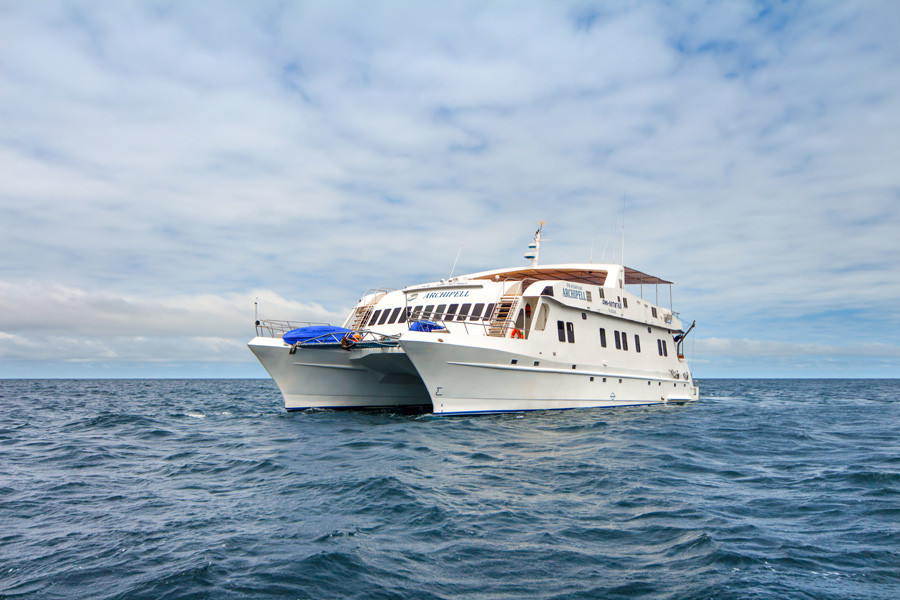
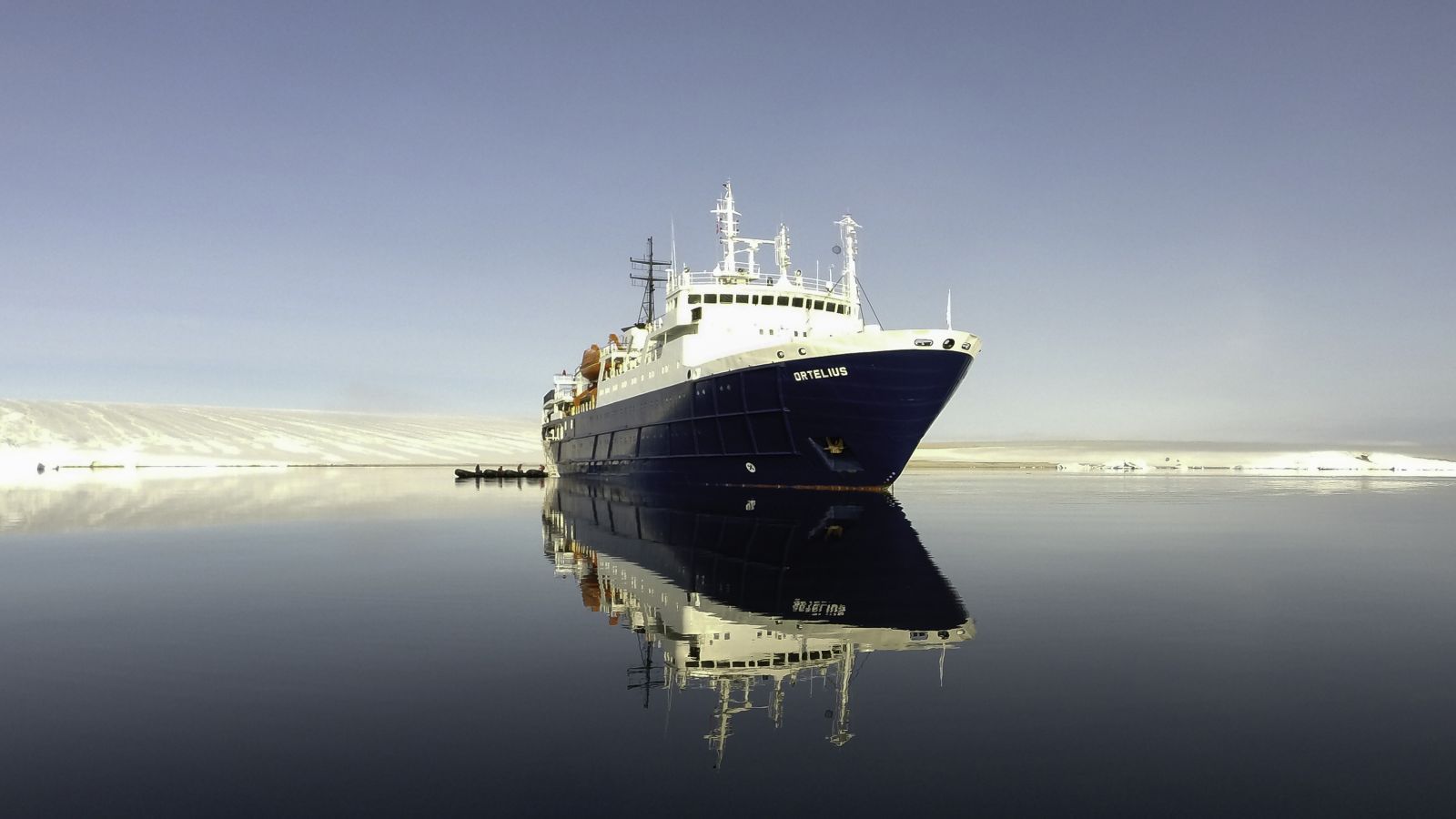
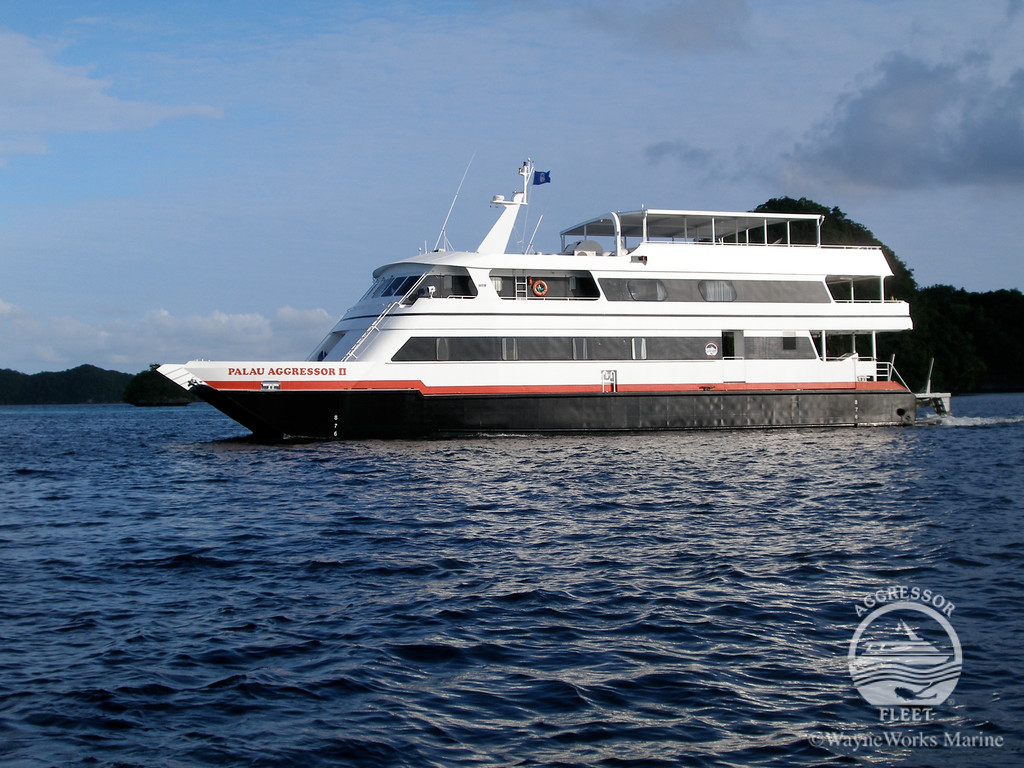
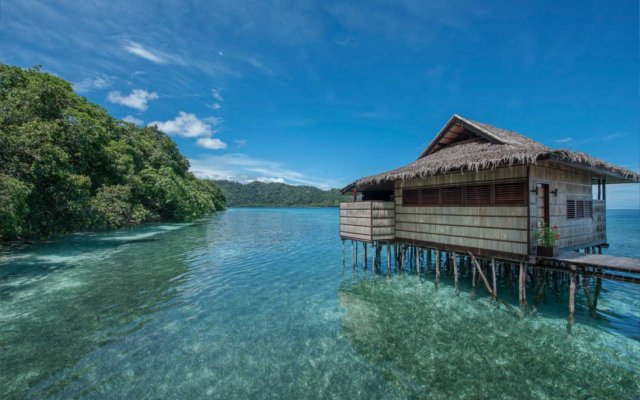
_Robert_van_Poppelen_Plancius_at_Booth_Island_3-optimized_1743203609.webp)


